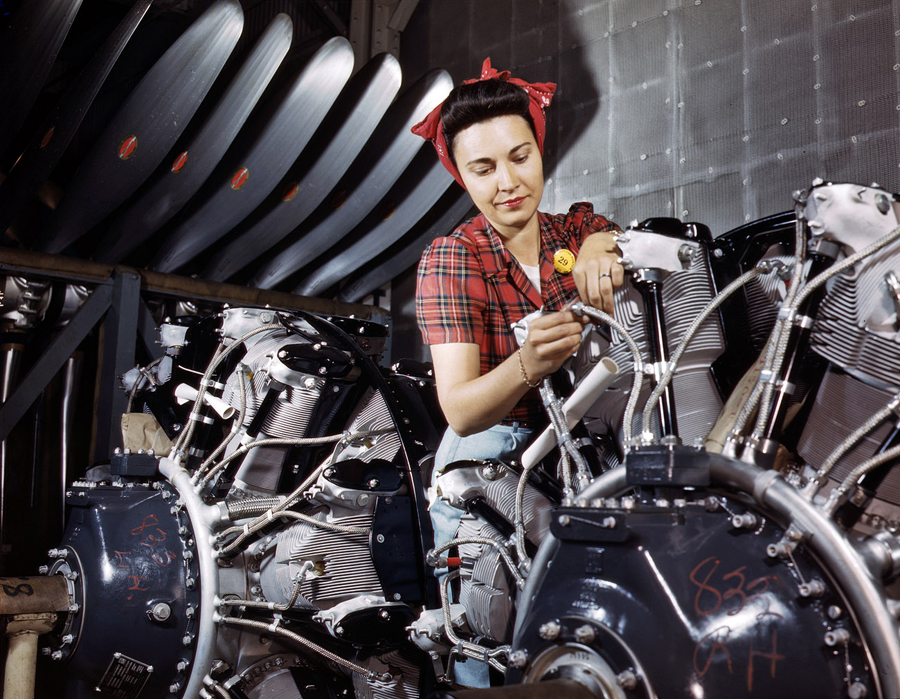
Over 75 years ago our country was in a fight for freedom. Millions of women entered the workforce to take on jobs in traditionally male-dominated industries. These women were our mothers, sisters, grandmothers and they were the real Rosie the Riveters. The image of Rosie represented the work and sacrifices made by women on the home front.
Rosie the Riveter was the star of an American propaganda campaign with the aim of recruiting women to take on jobs that helped with the war effort. By 1943, 310,000 women worked in the American aircraft industry, representing 65% of the total workforce — a huge increase compared to the 1% of the workforce they represented pre-war. At the end of the war more than 2.2 million women were working on the war effort; one in every four married women worked outside the home. These women built ships, aircrafts, tanks, vehicles, weapons, and ammunition. They also played a huge logistical support role by working on farms, driving trucks, and even providing nursing support on the front line.
400,000 women served in the in the U.S. armed forces in non-combat roles during the war. It was felt that public opinion would not tolerate women serving in combat roles, between 460-543 of those women lost their lives as a result of their work during the war.
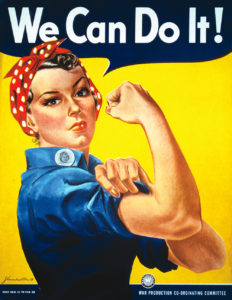 Most people associate the “We can do it!” poster created by J. Howard Miller for Westinghouse with an image of “Rosie the Riveter” even though the poster was only displayed for a two-week period in February 1943, since lost to time. The poster was meant to motivate workers, and had no connection with the “Rosie” propaganda image which aimed to recruit women. In the 1980’s the “We can do it!” poster was rediscovered and made famous by its association with the feminism movement.
Most people associate the “We can do it!” poster created by J. Howard Miller for Westinghouse with an image of “Rosie the Riveter” even though the poster was only displayed for a two-week period in February 1943, since lost to time. The poster was meant to motivate workers, and had no connection with the “Rosie” propaganda image which aimed to recruit women. In the 1980’s the “We can do it!” poster was rediscovered and made famous by its association with the feminism movement.
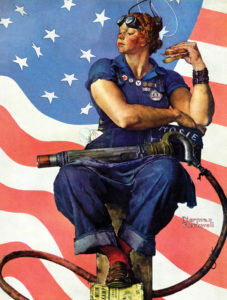 Norman Rockwell painted the iconic image that appeared on front cover of the Saturday Evening Post on Memorial Day, May 29, 1943. Rockwell’s image depicted a muscular woman with a rivet gun on her lap, eating her lunch with her feet on a copy of Hitler’s manifesto, Mein Kampf.
Norman Rockwell painted the iconic image that appeared on front cover of the Saturday Evening Post on Memorial Day, May 29, 1943. Rockwell’s image depicted a muscular woman with a rivet gun on her lap, eating her lunch with her feet on a copy of Hitler’s manifesto, Mein Kampf.
These images may have represented Rosie, but we found a collection of photos from the Library of Congress, and they give us a real idea of what life was like for the women that helped us win the war.
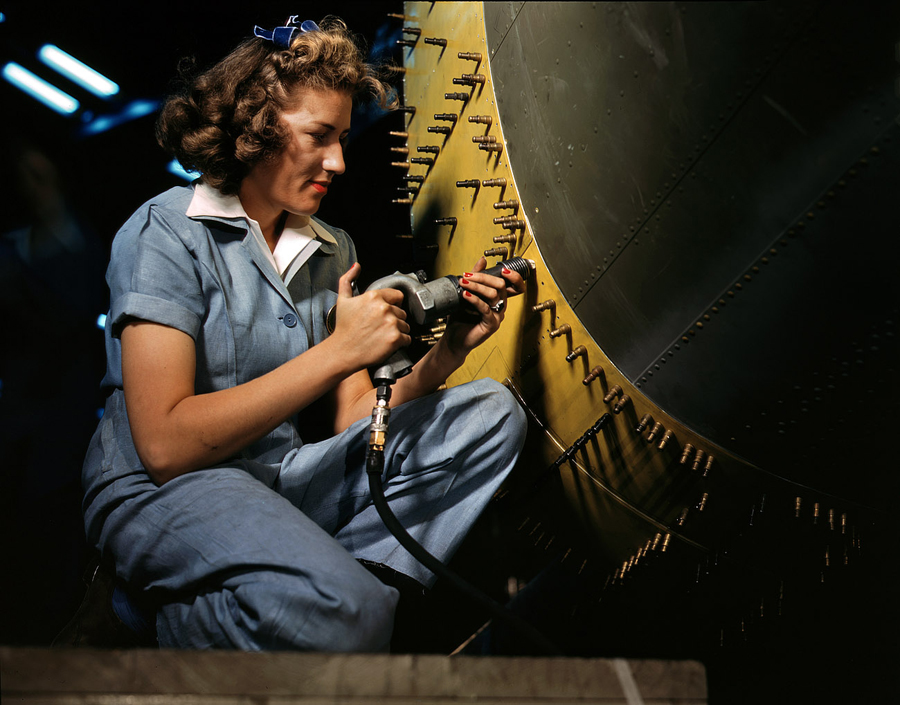
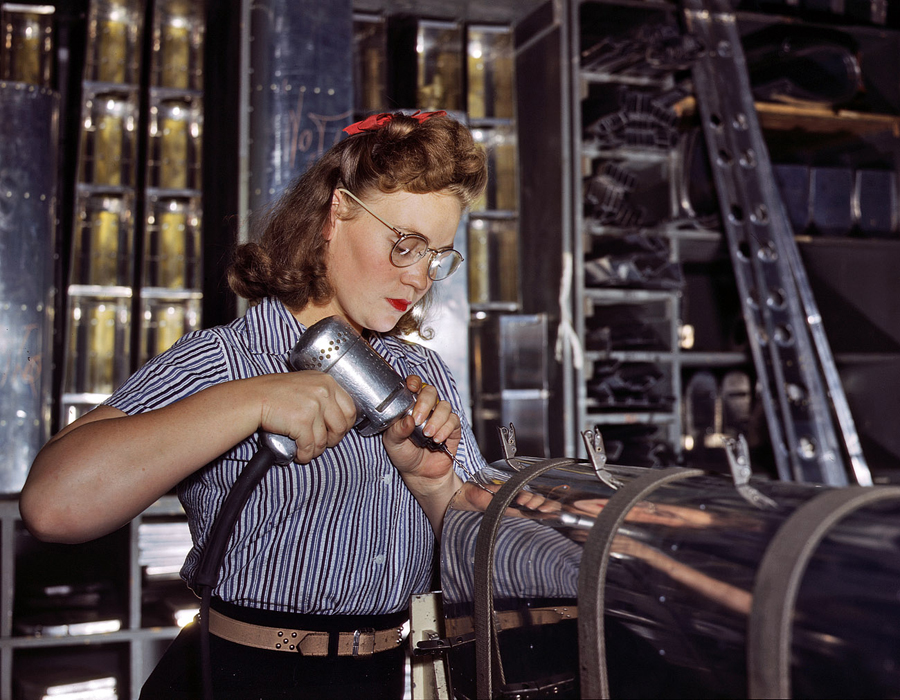
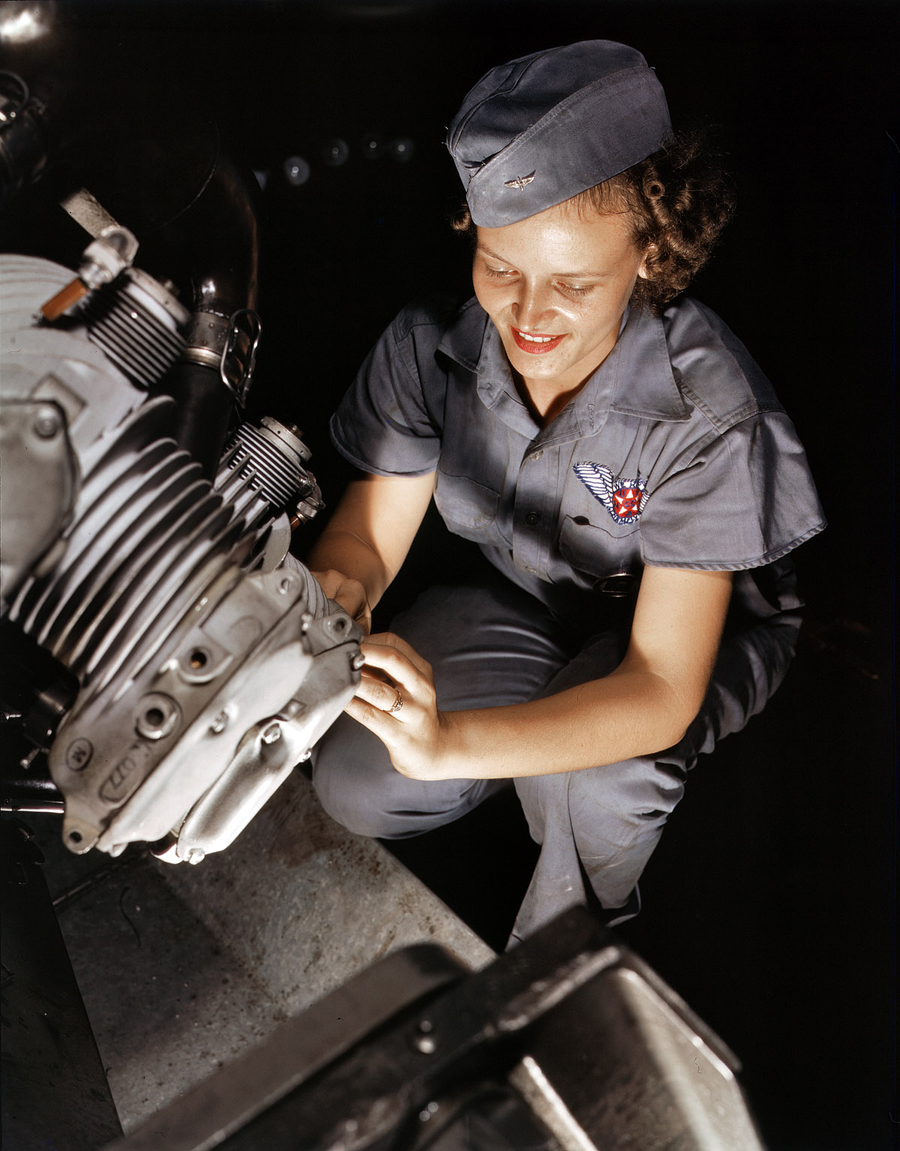
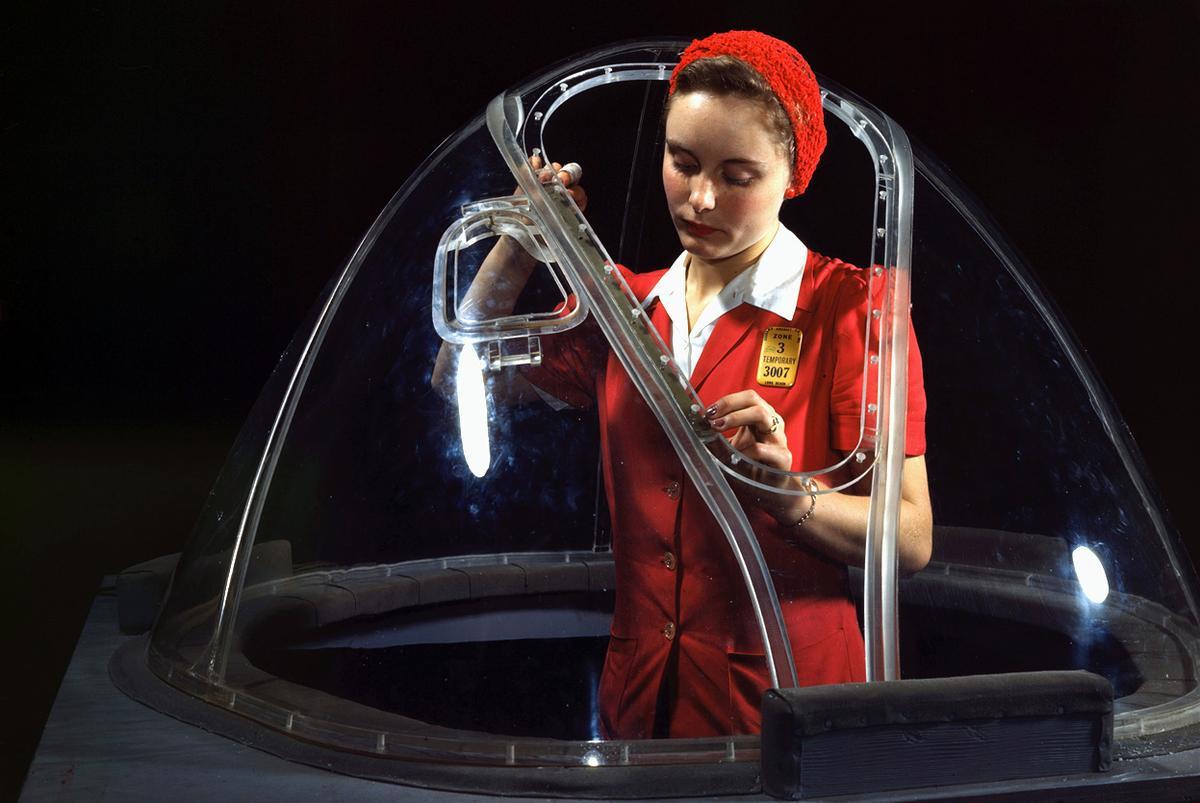
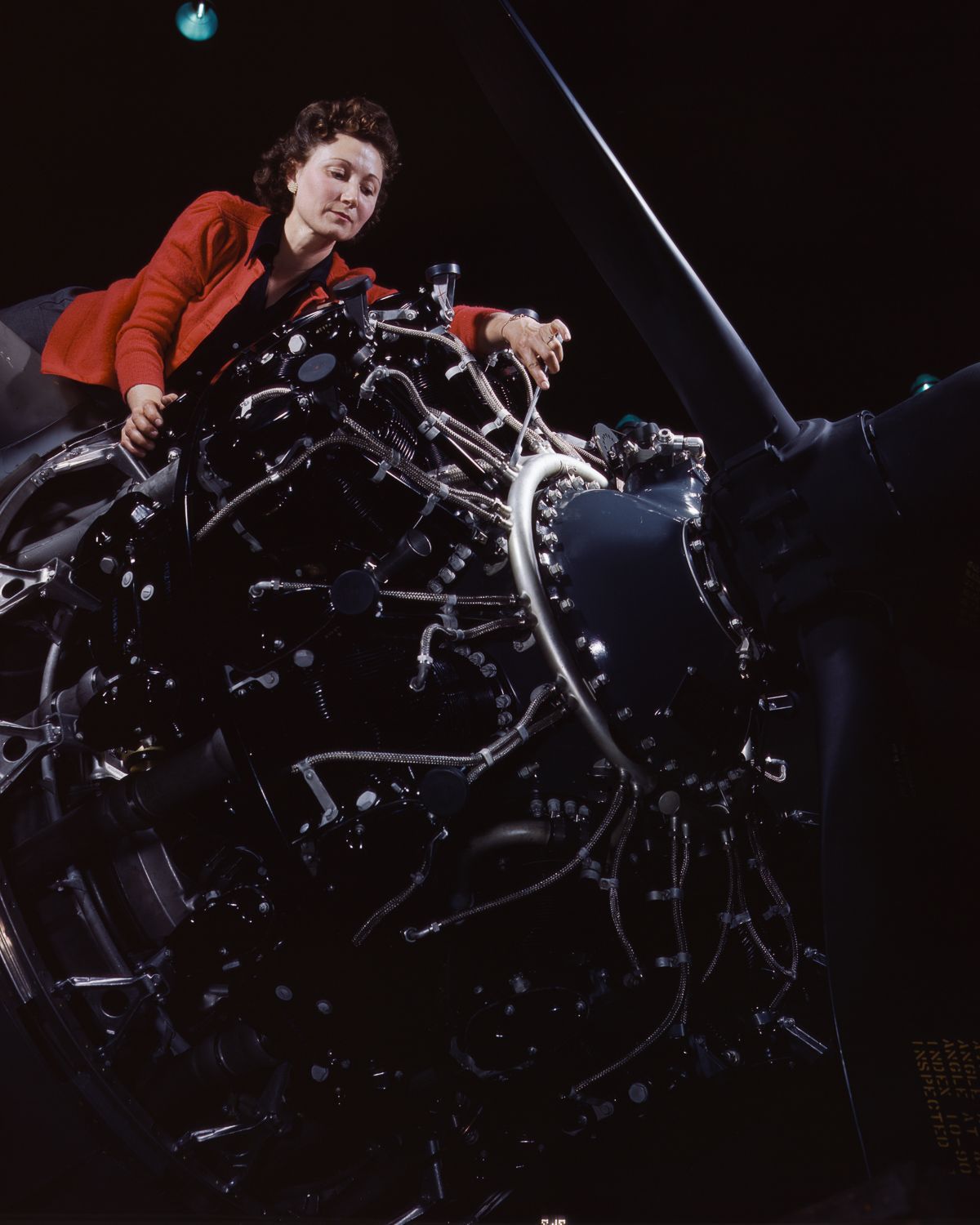
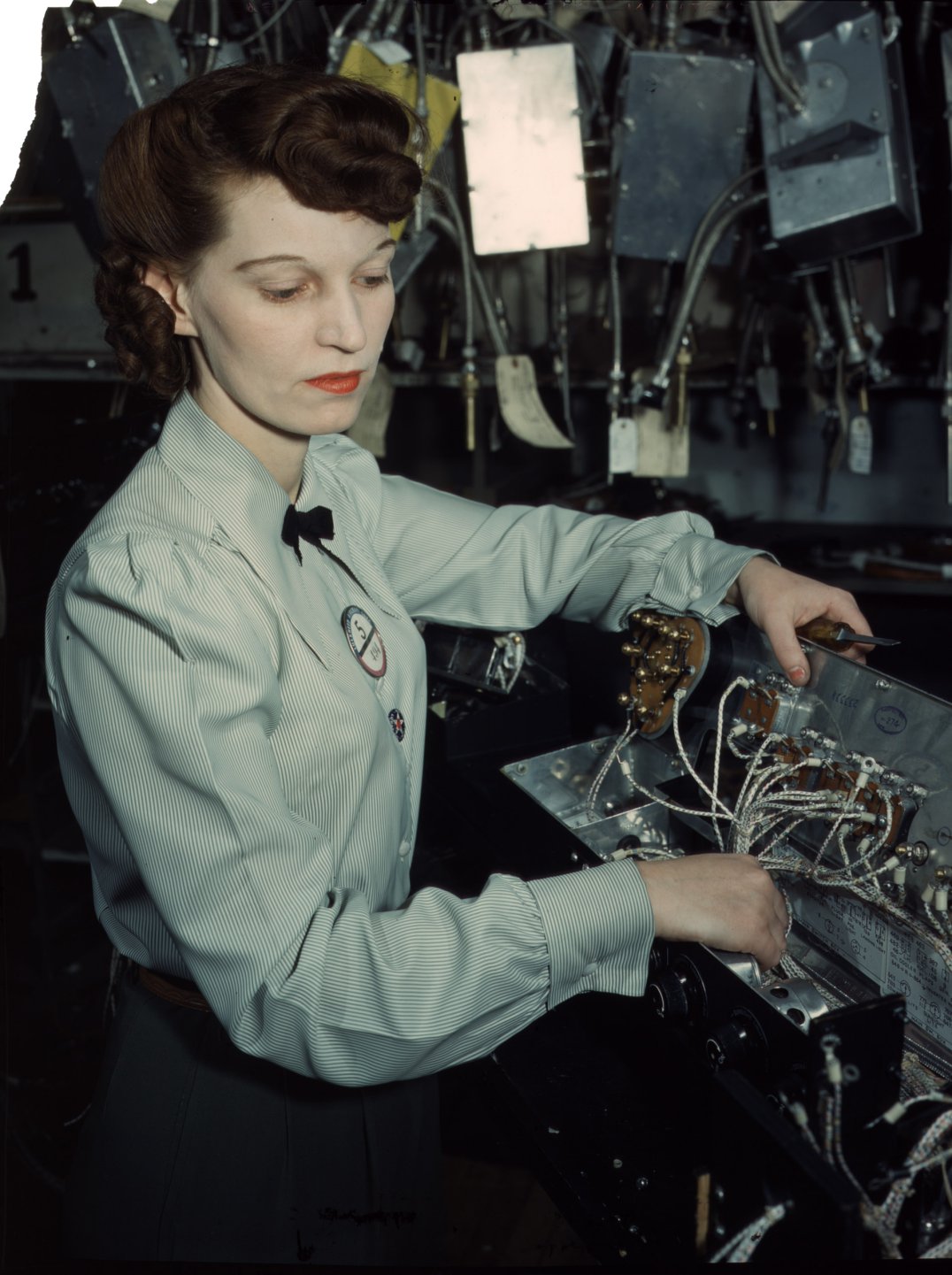
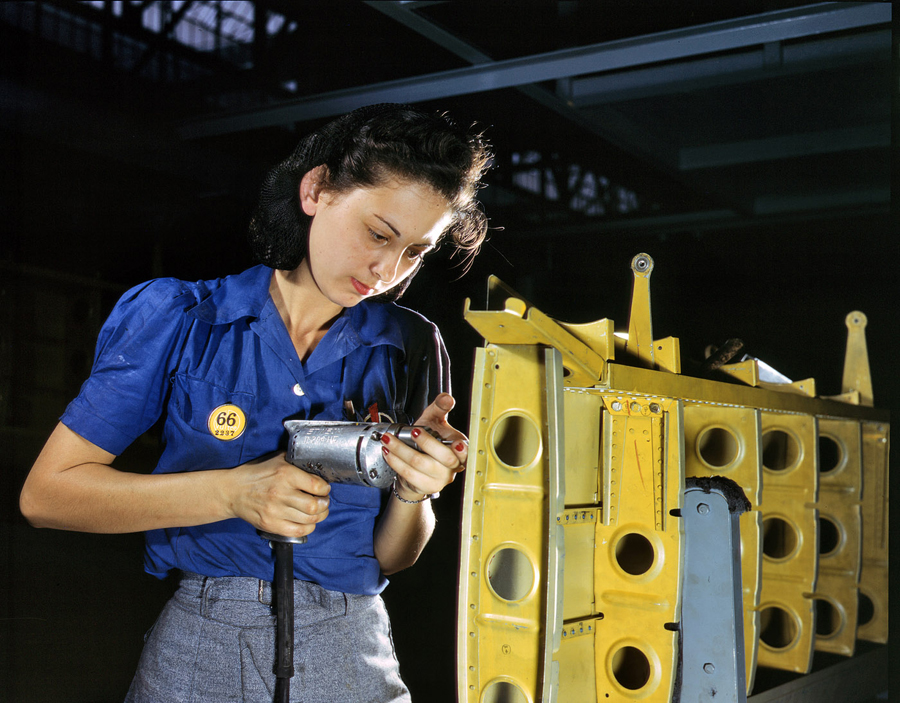
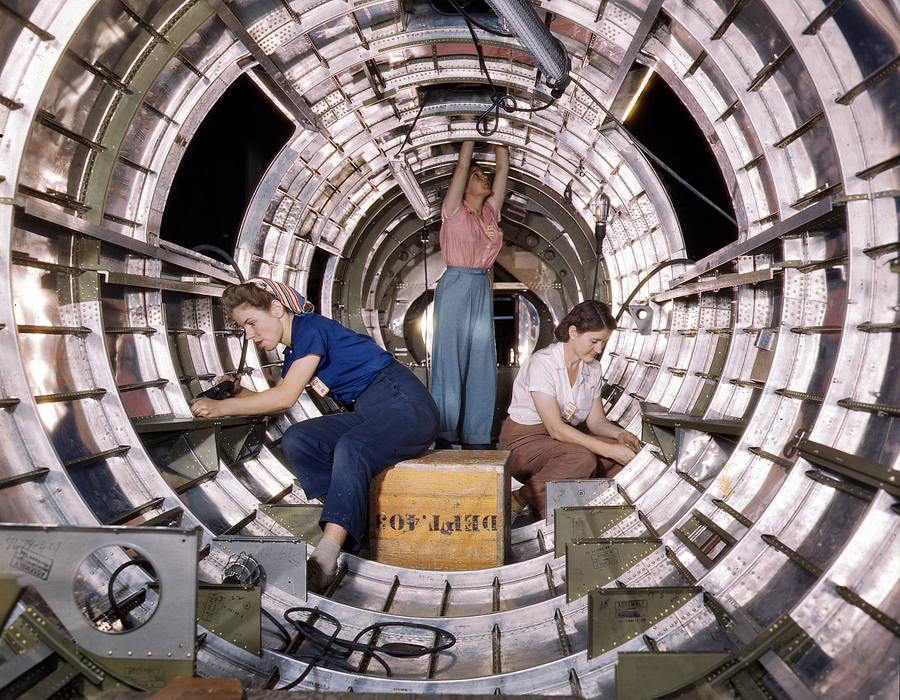
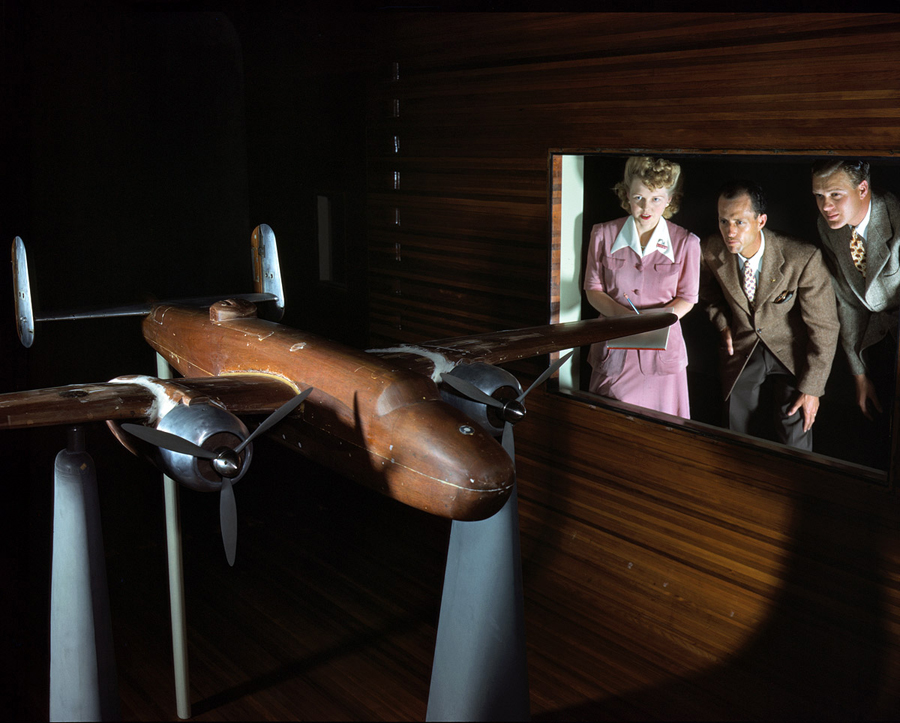
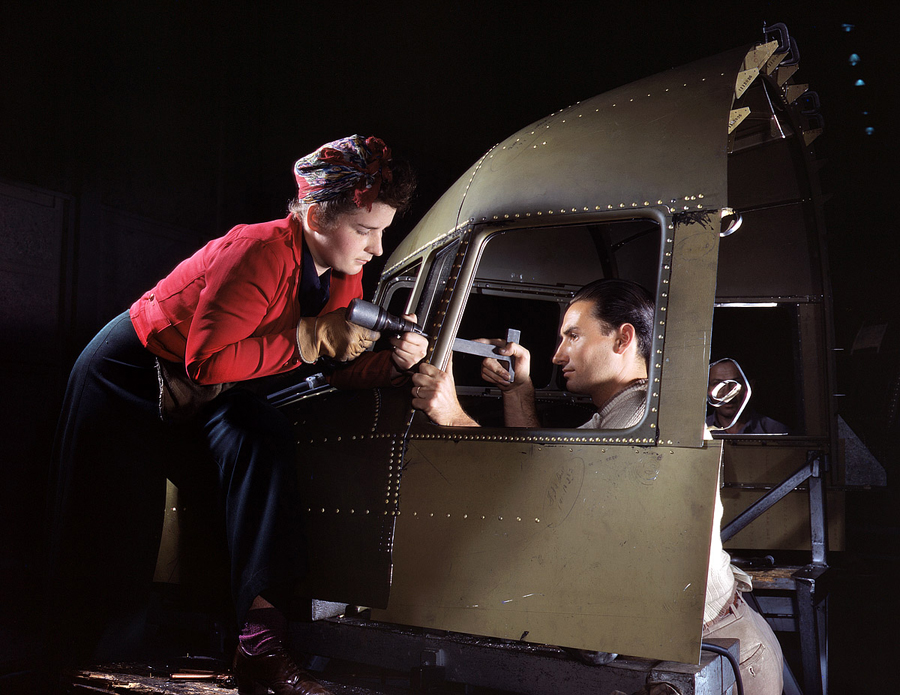
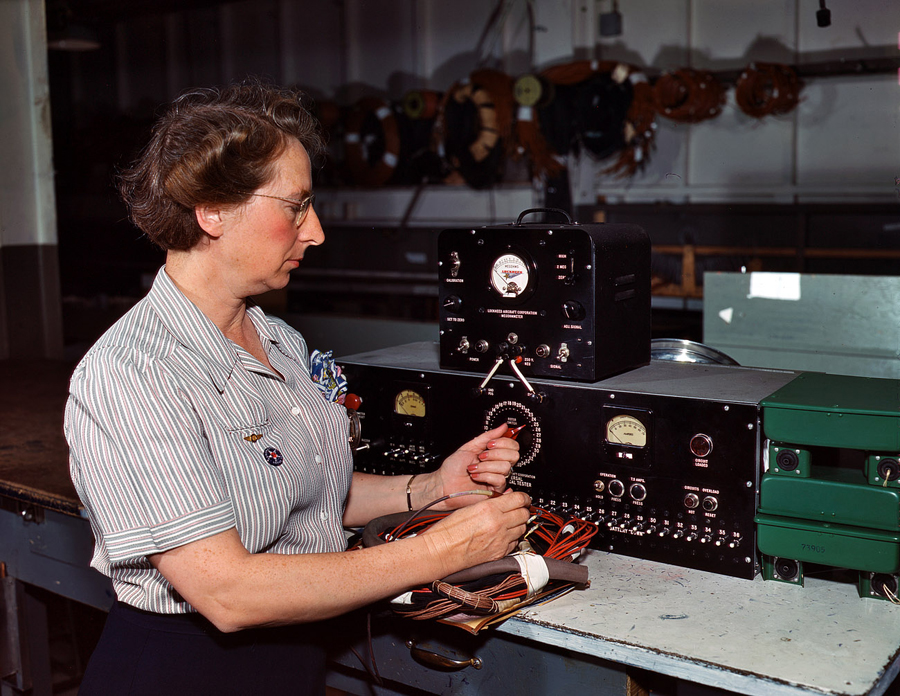
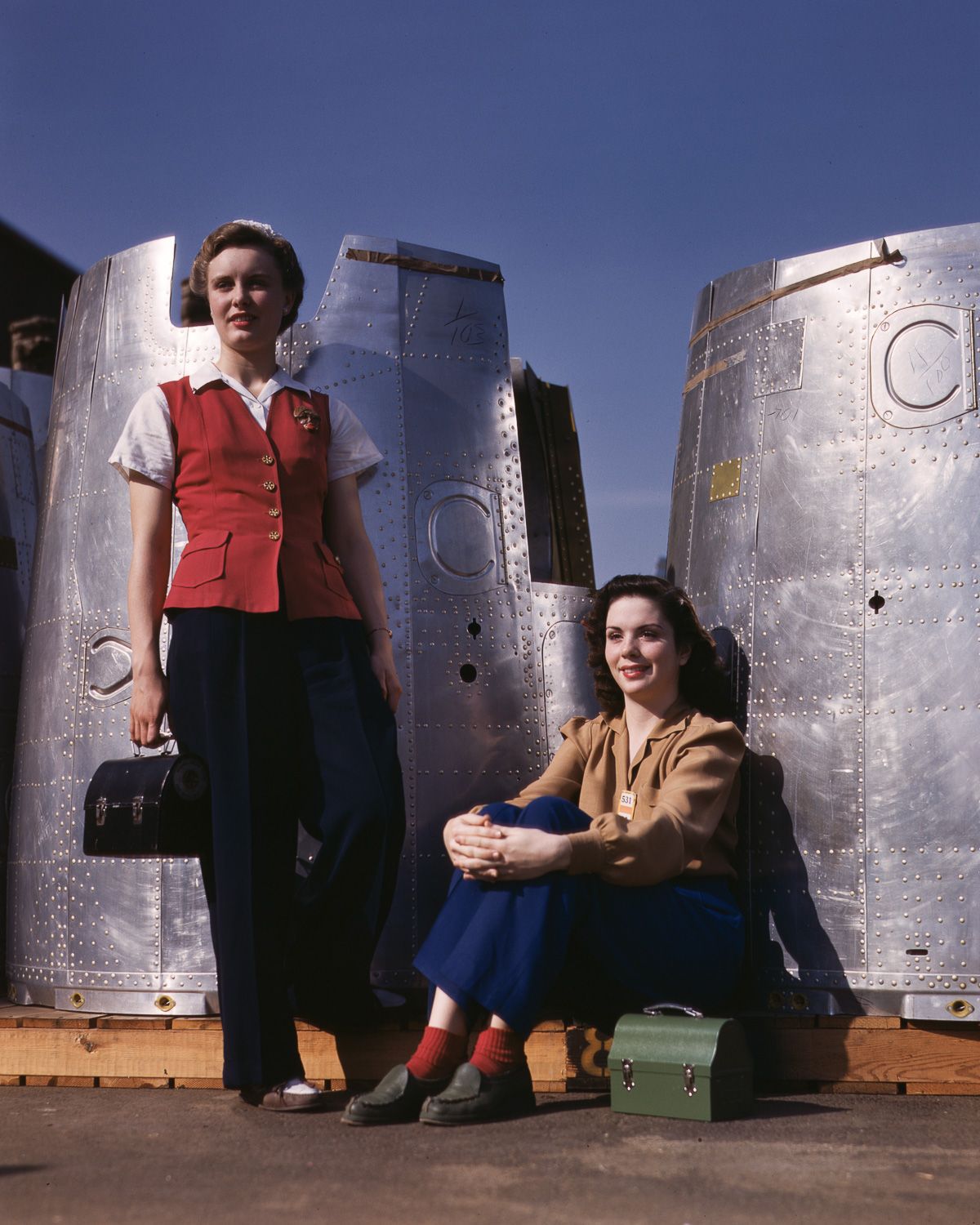

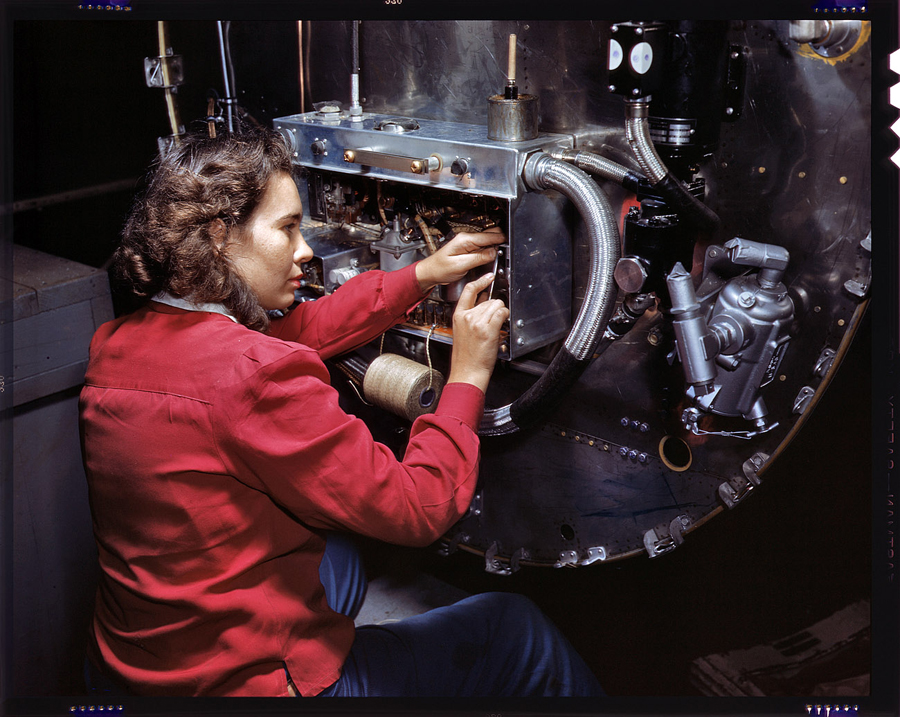
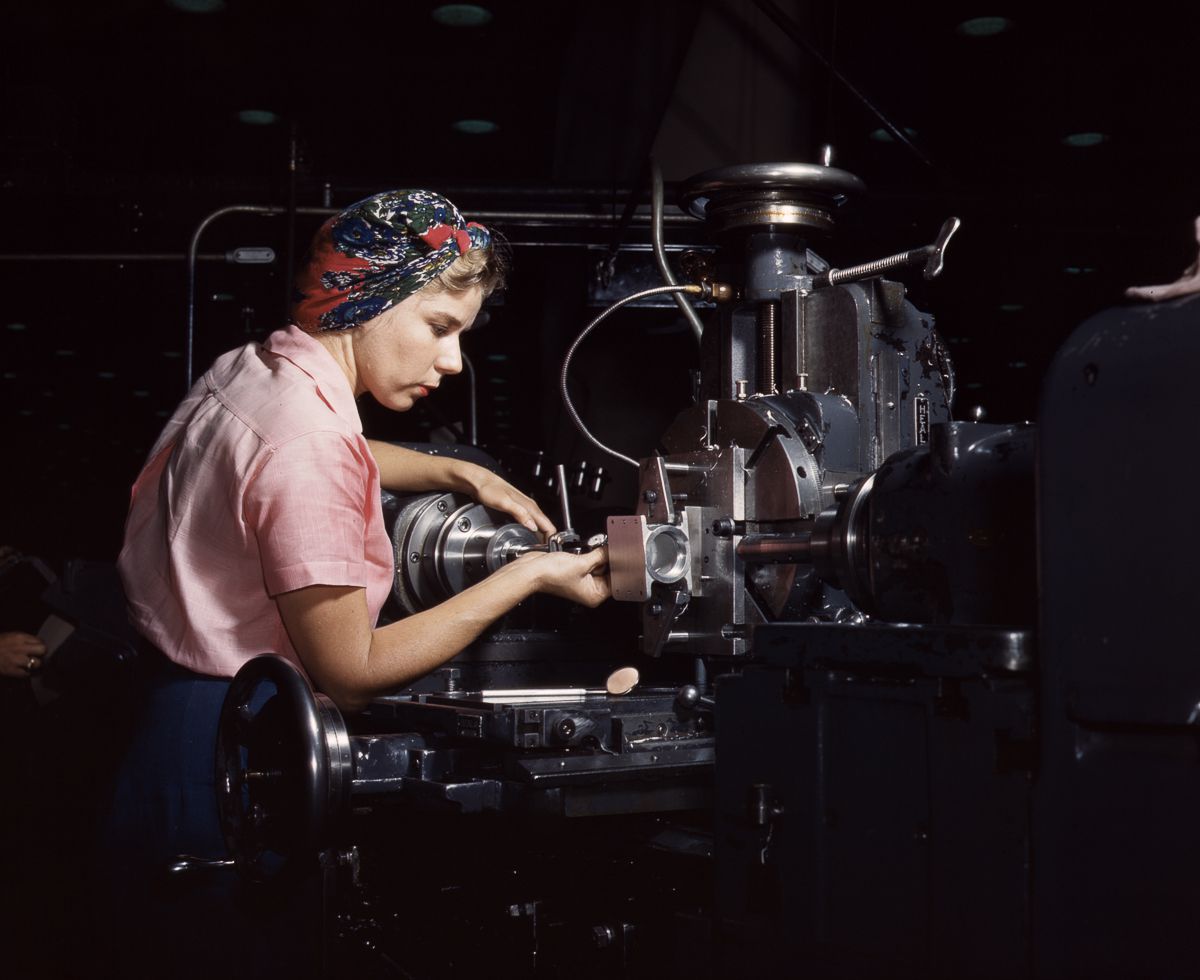
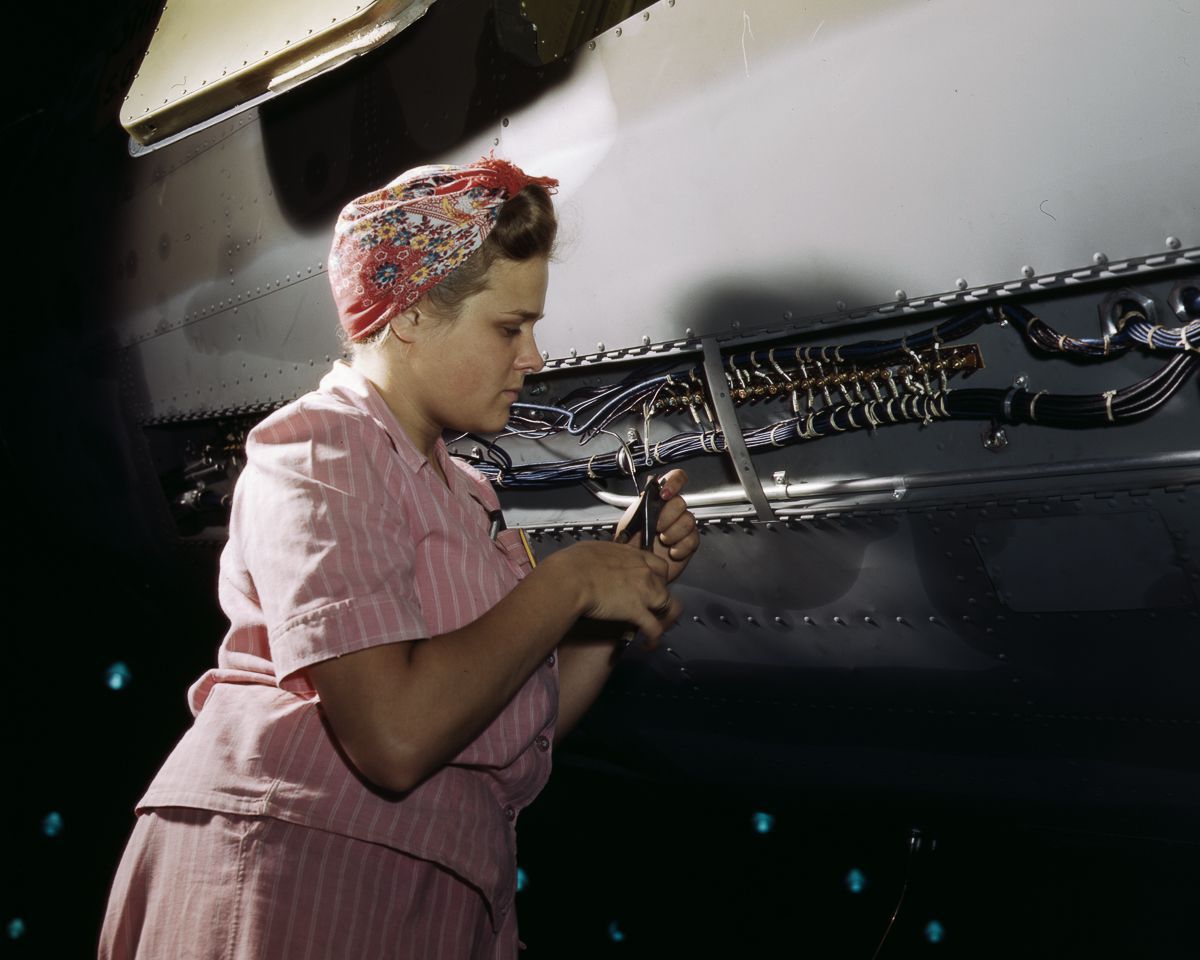
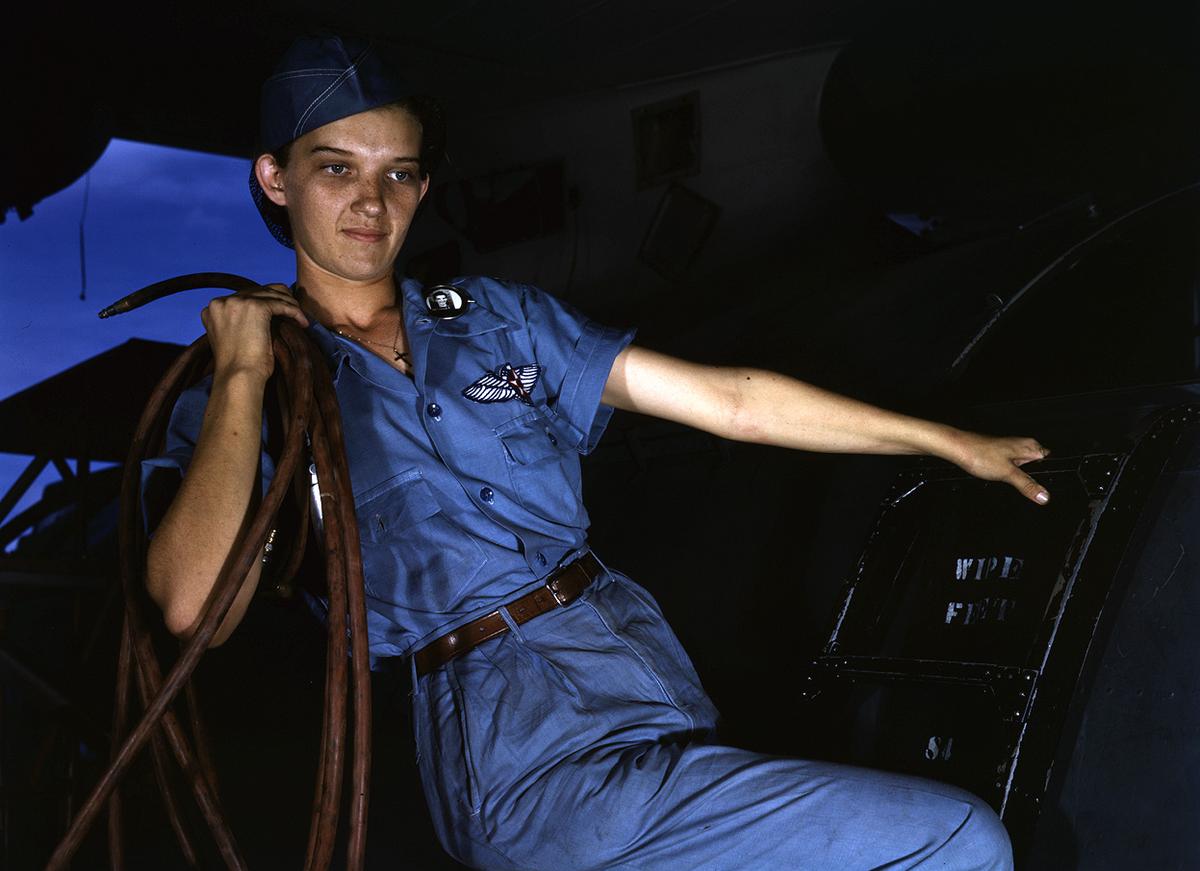

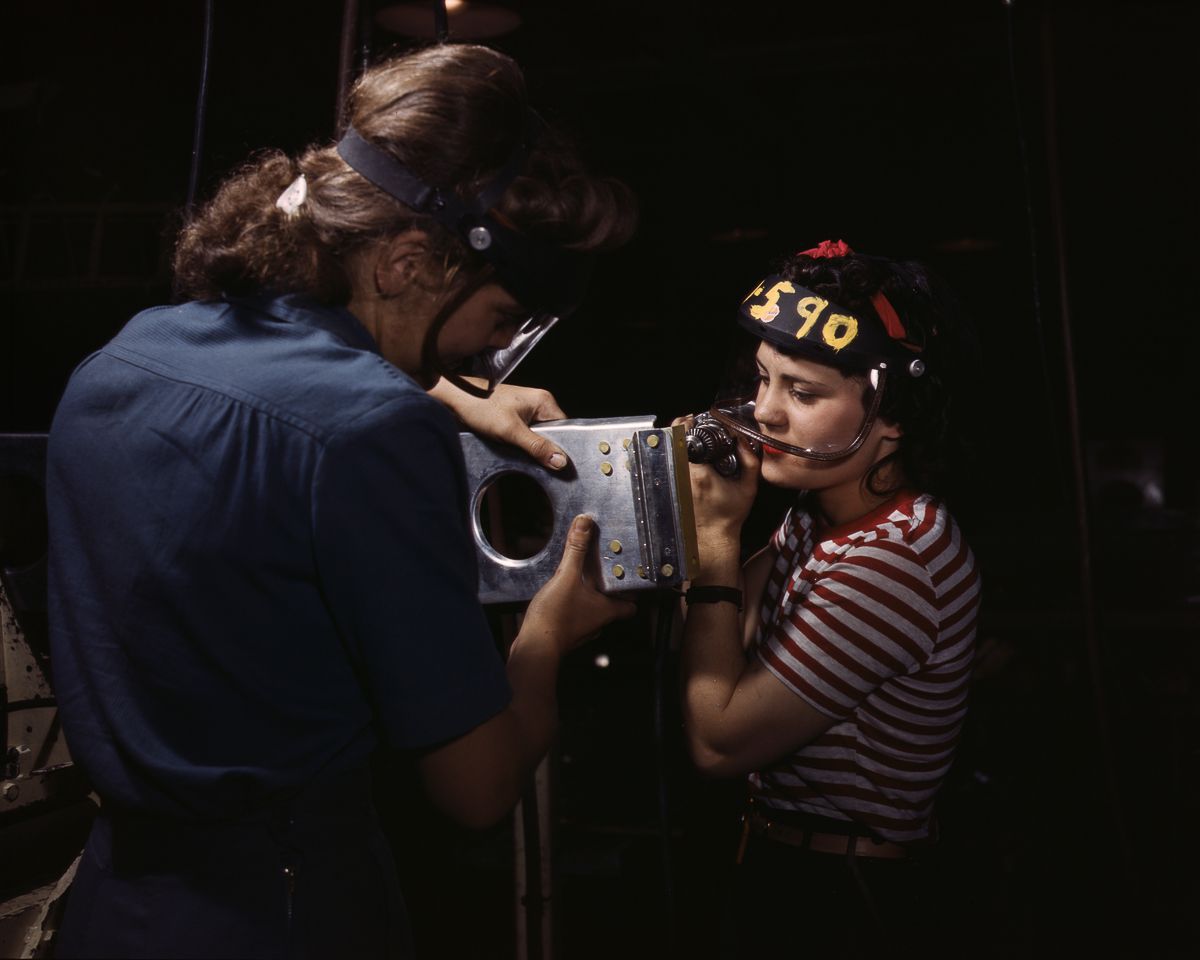
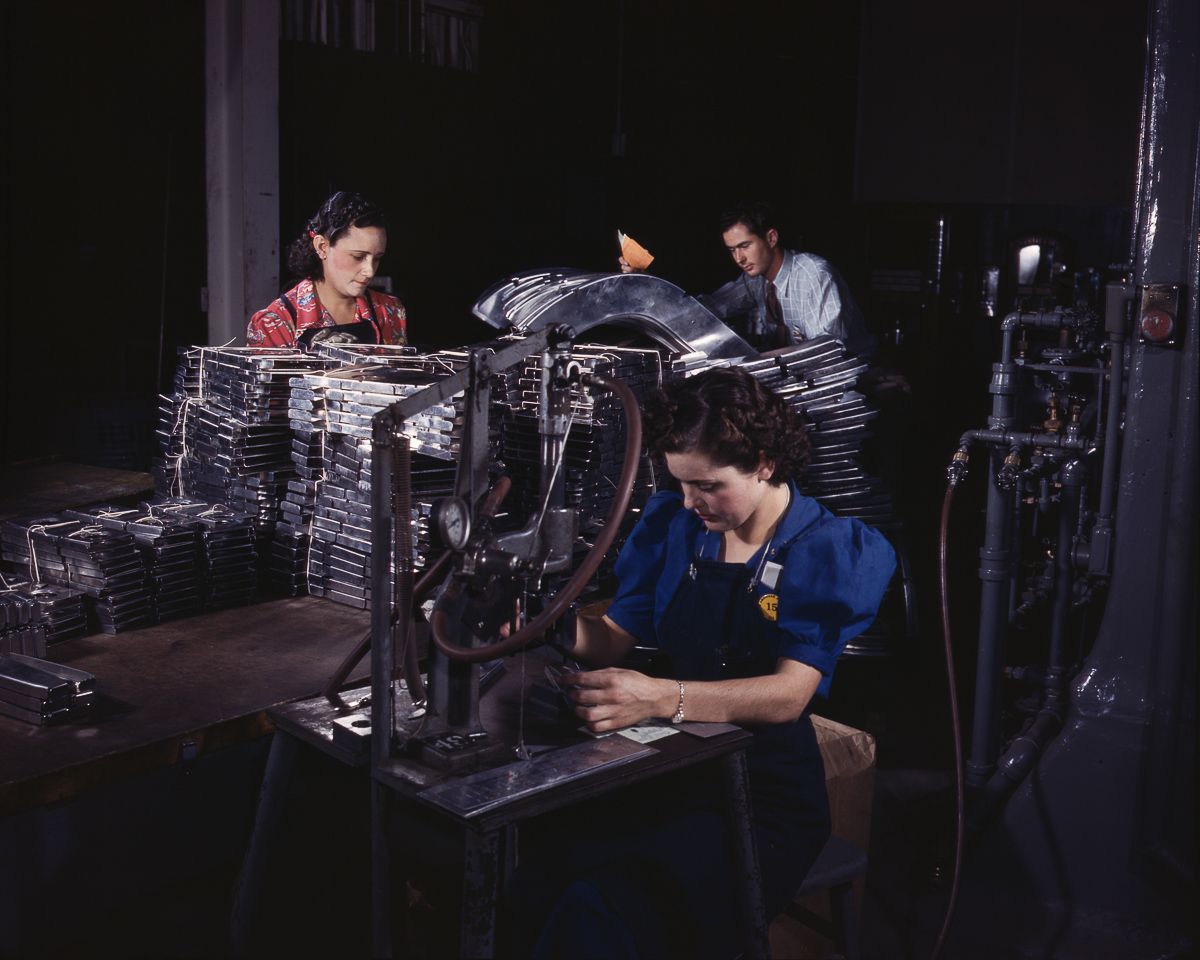


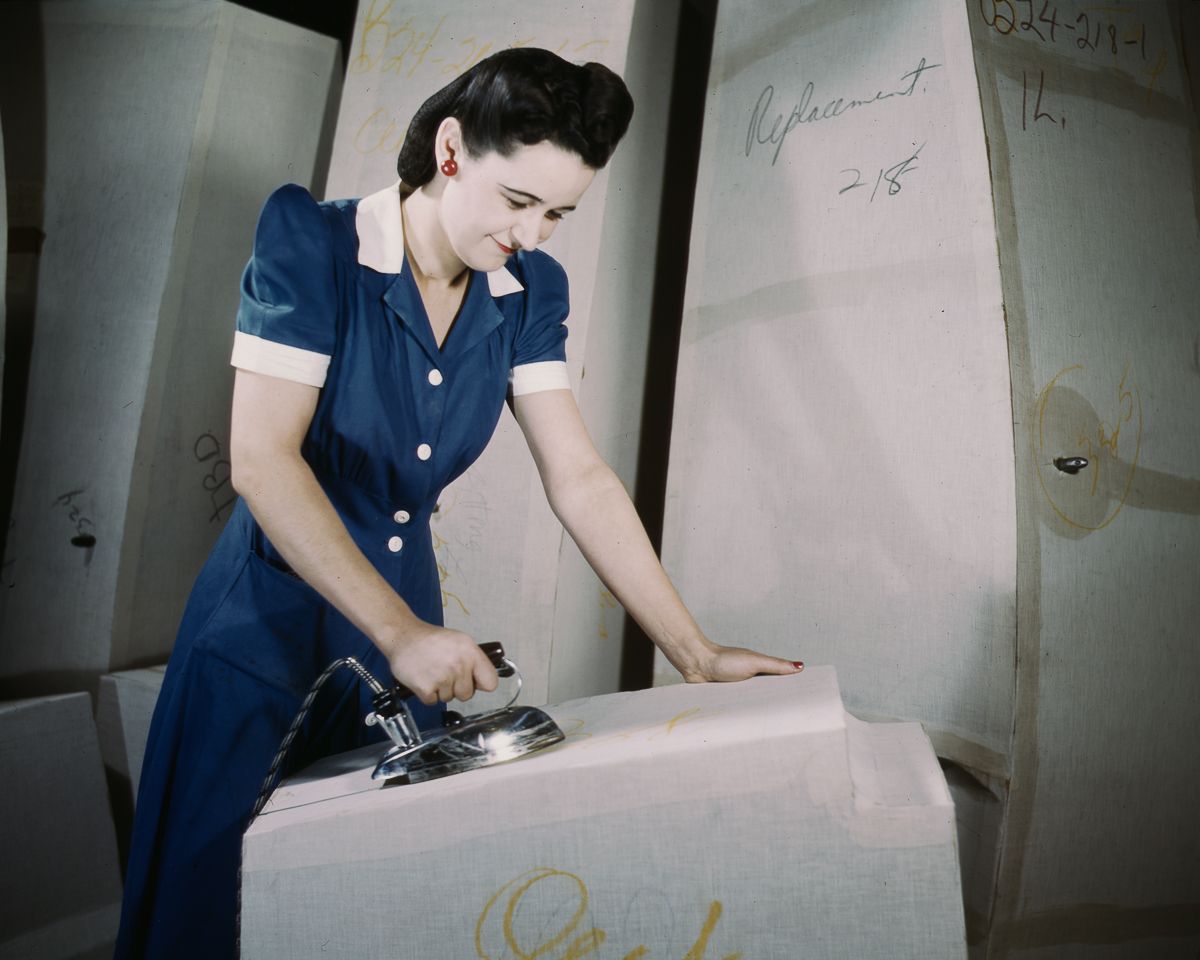
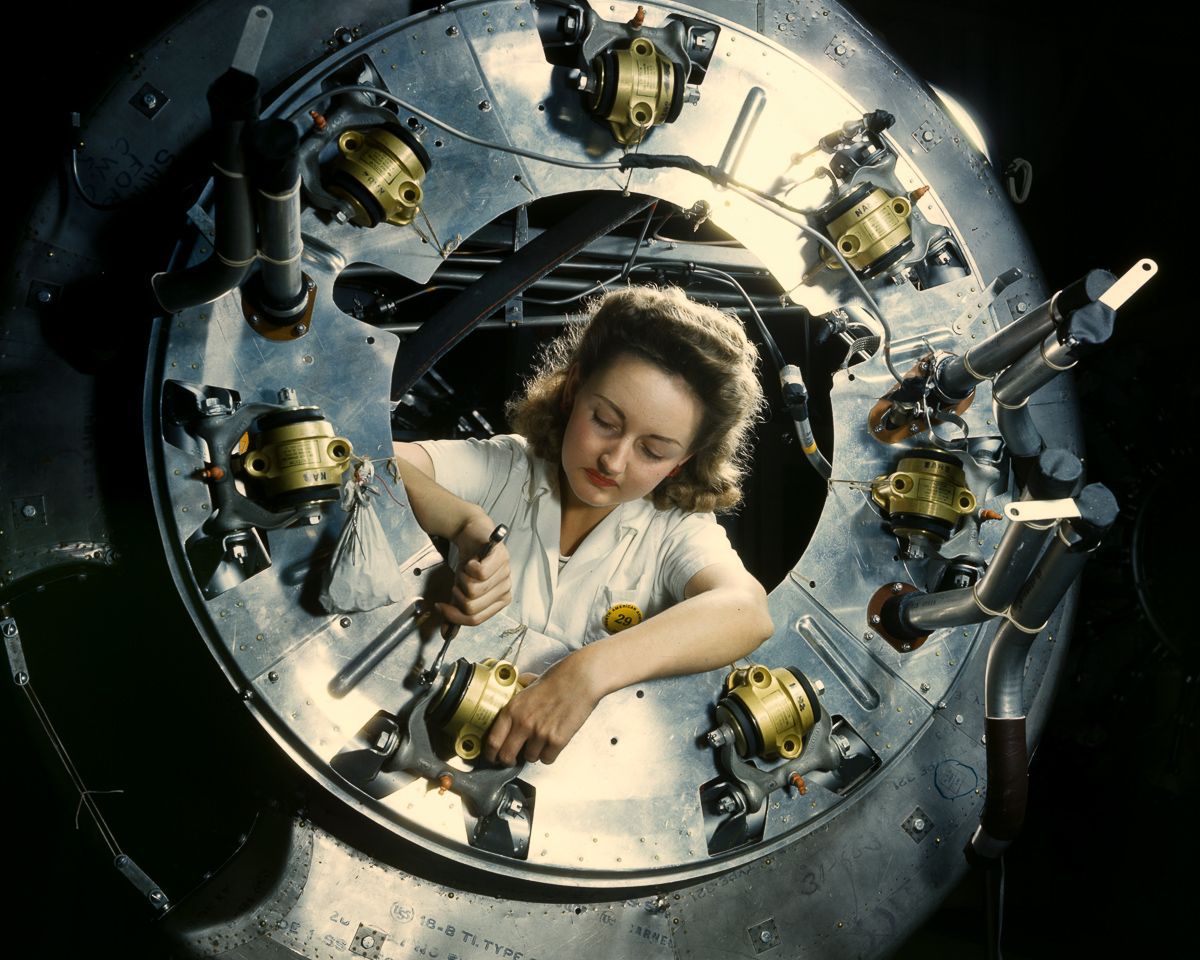
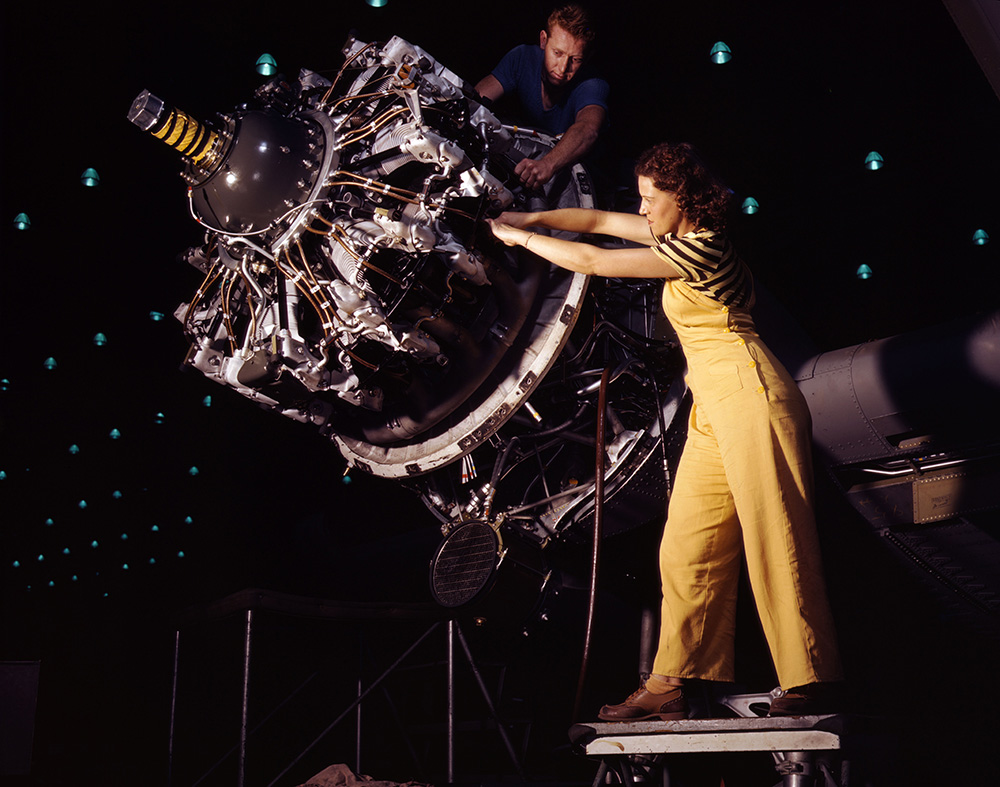
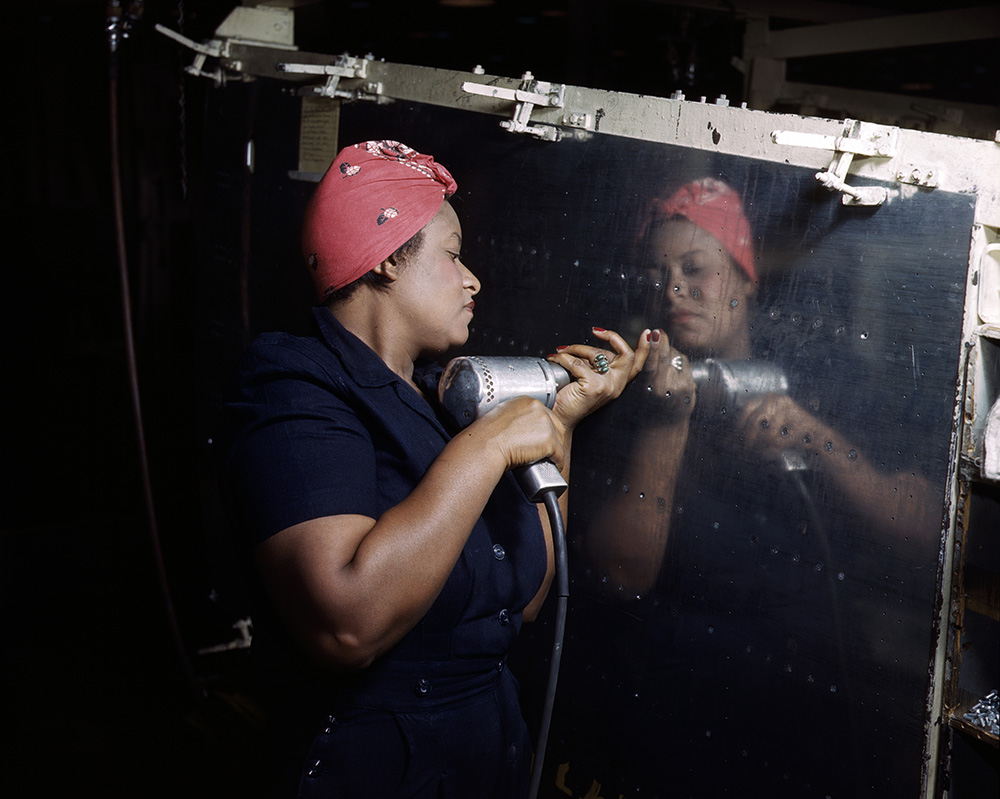

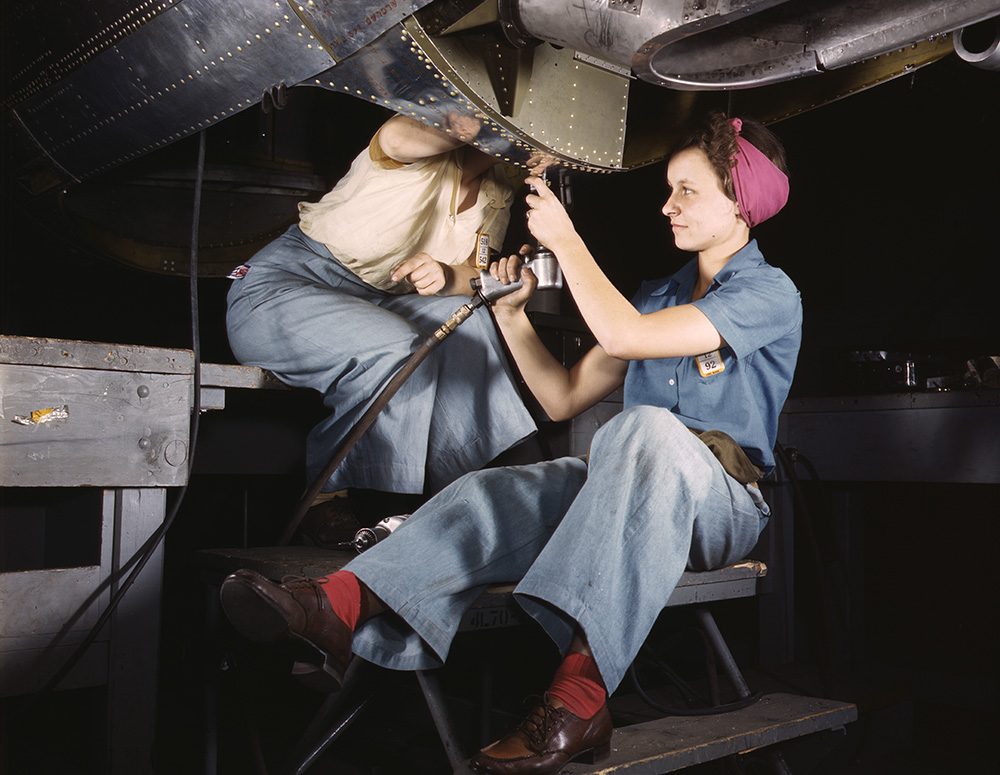
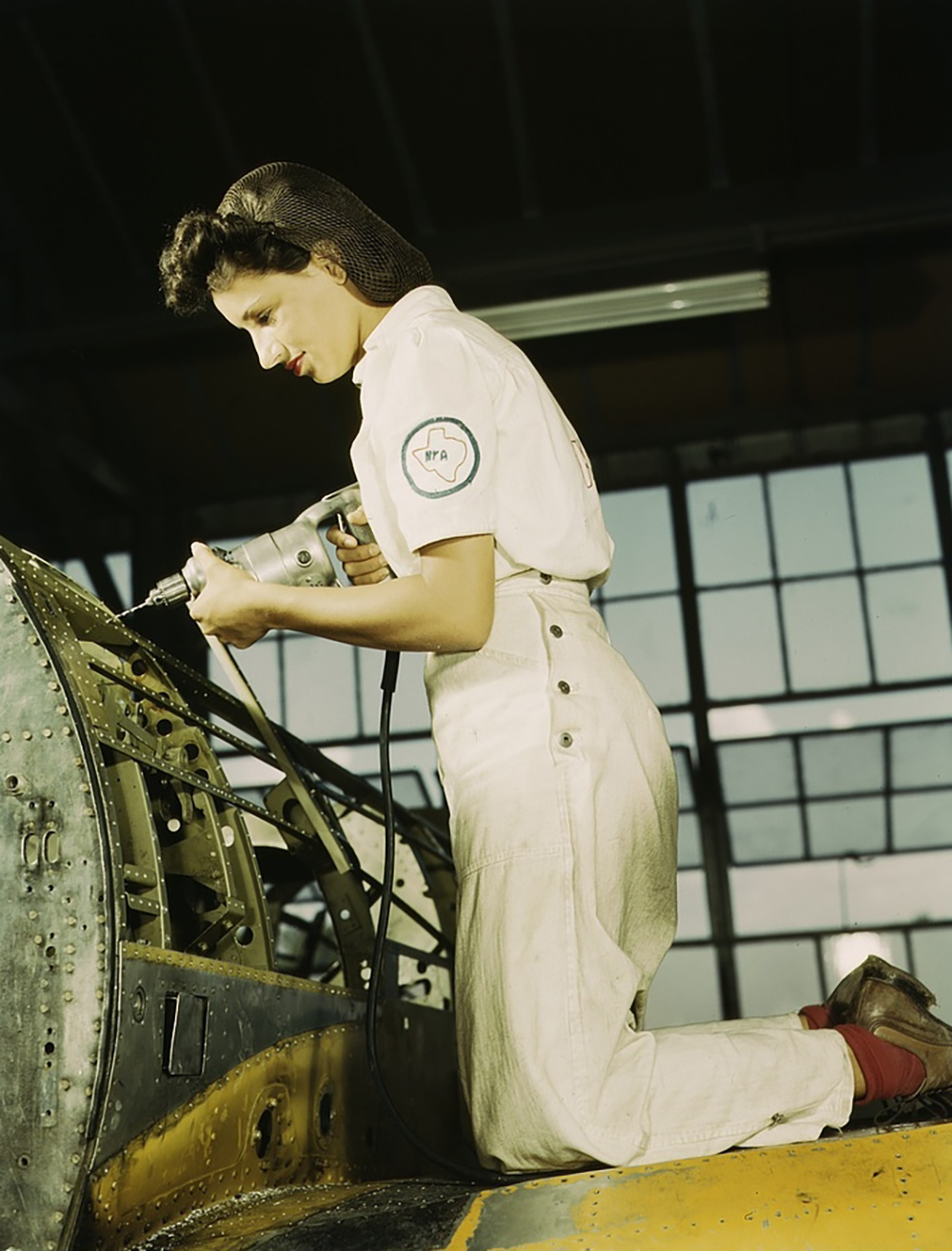
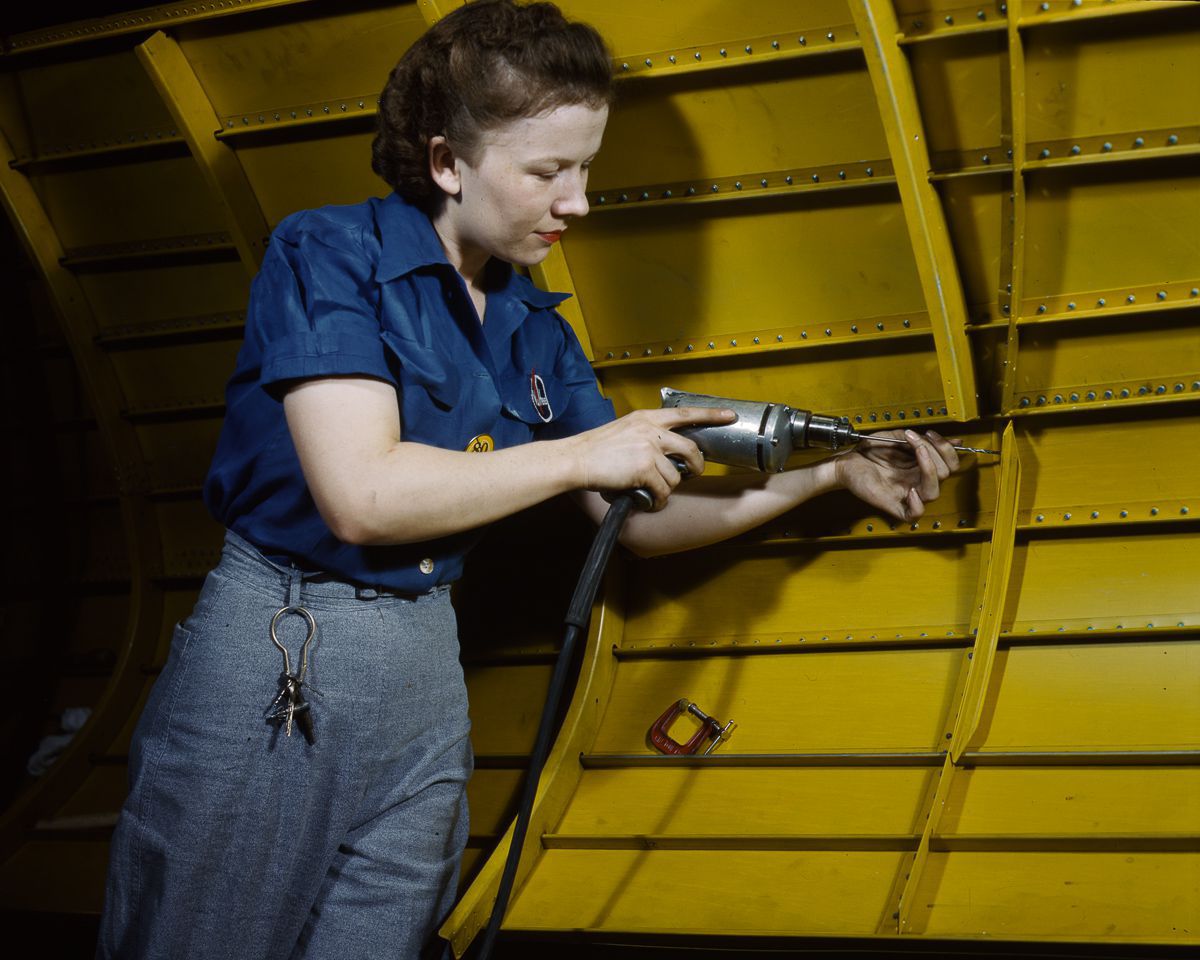
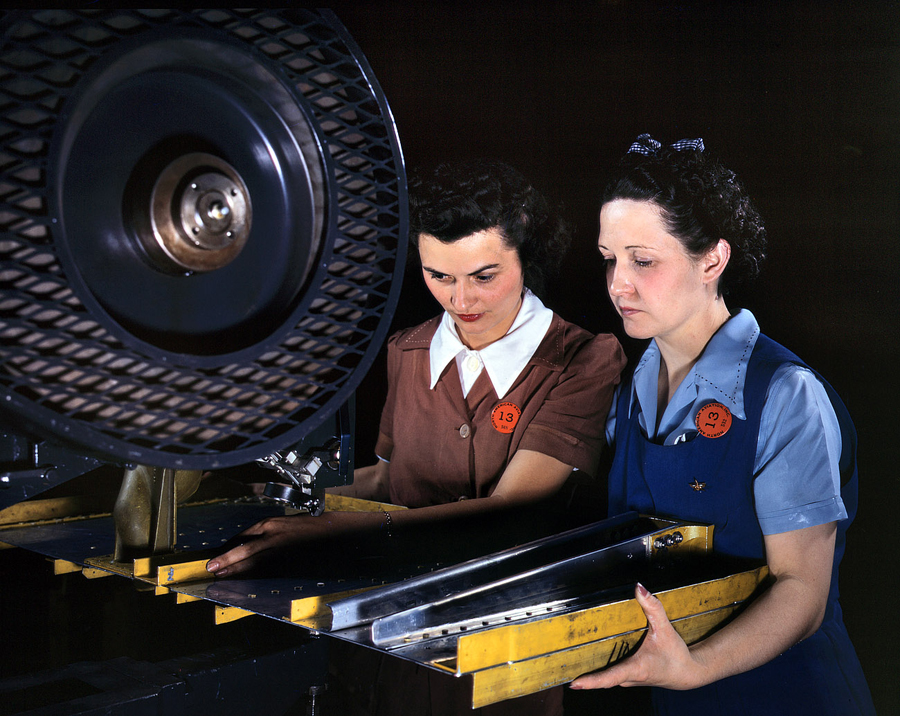
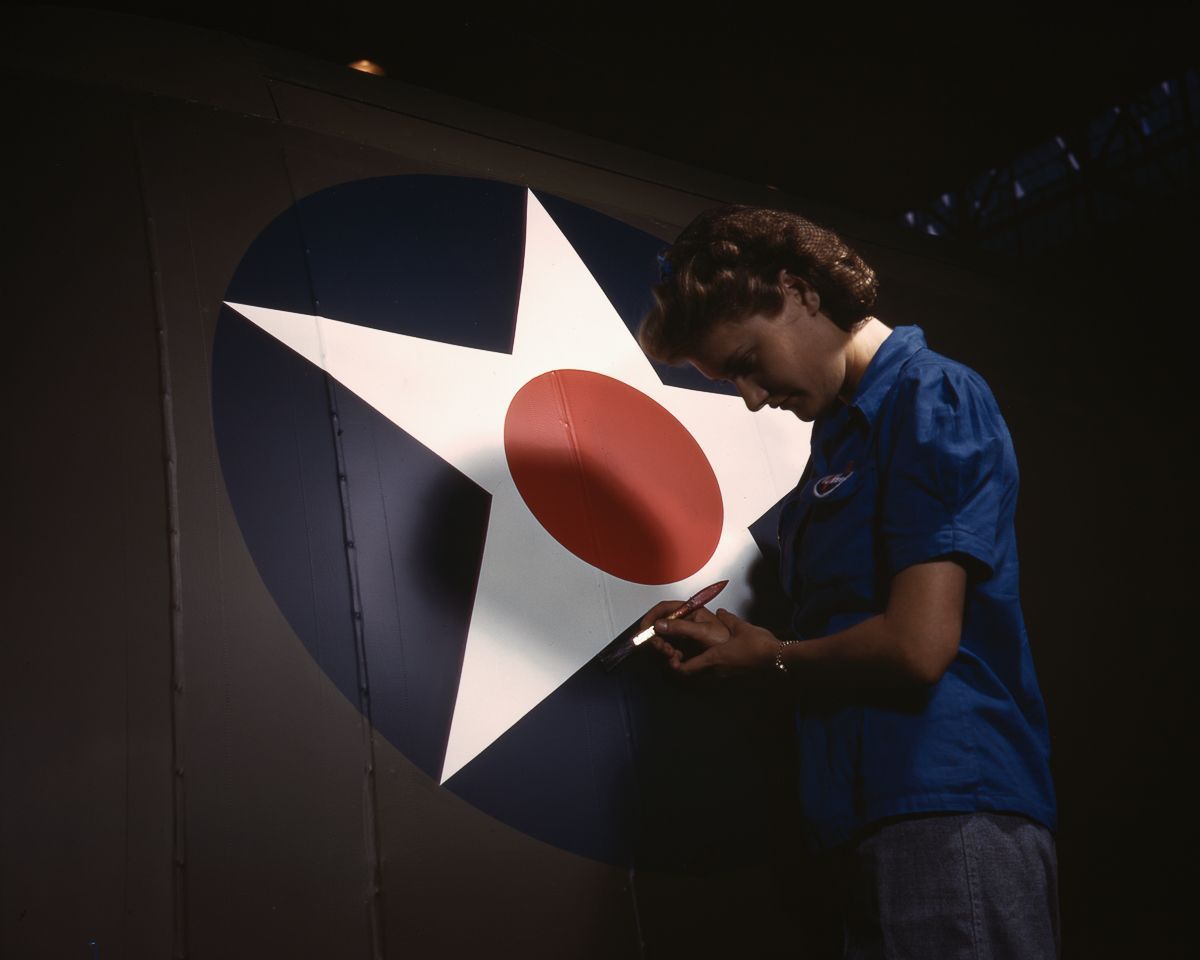
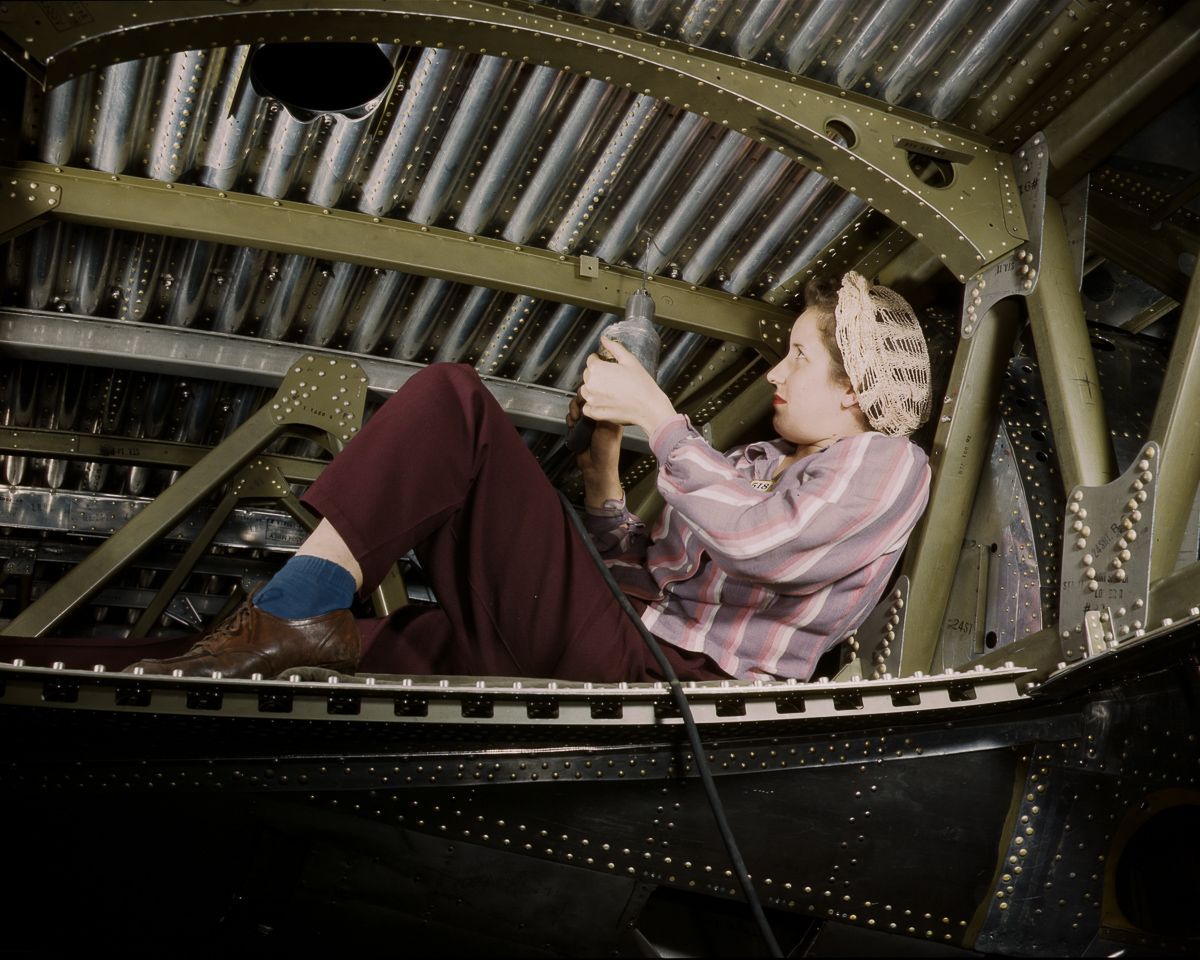
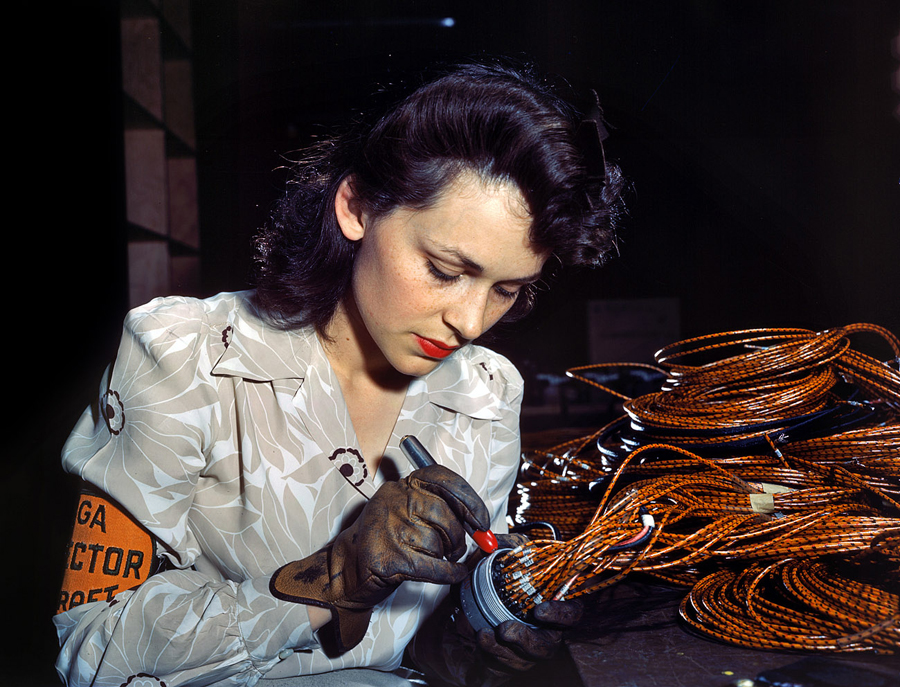

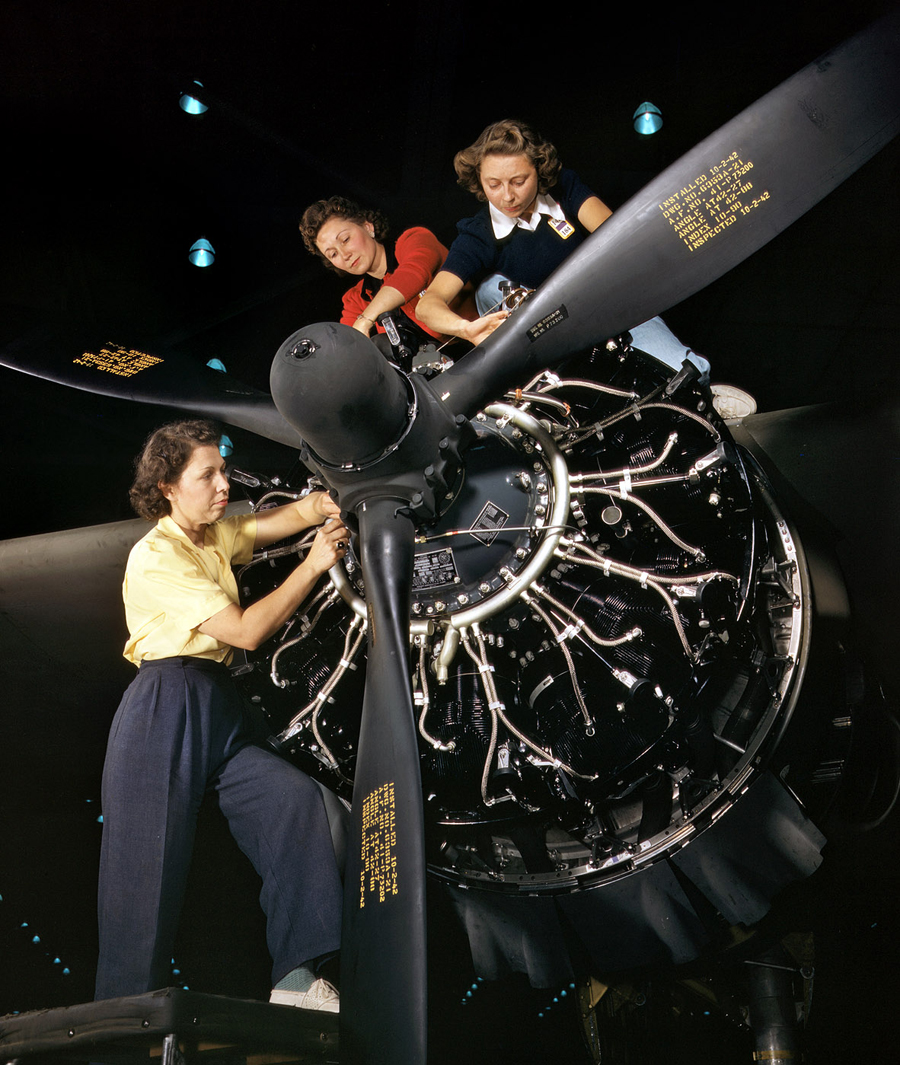
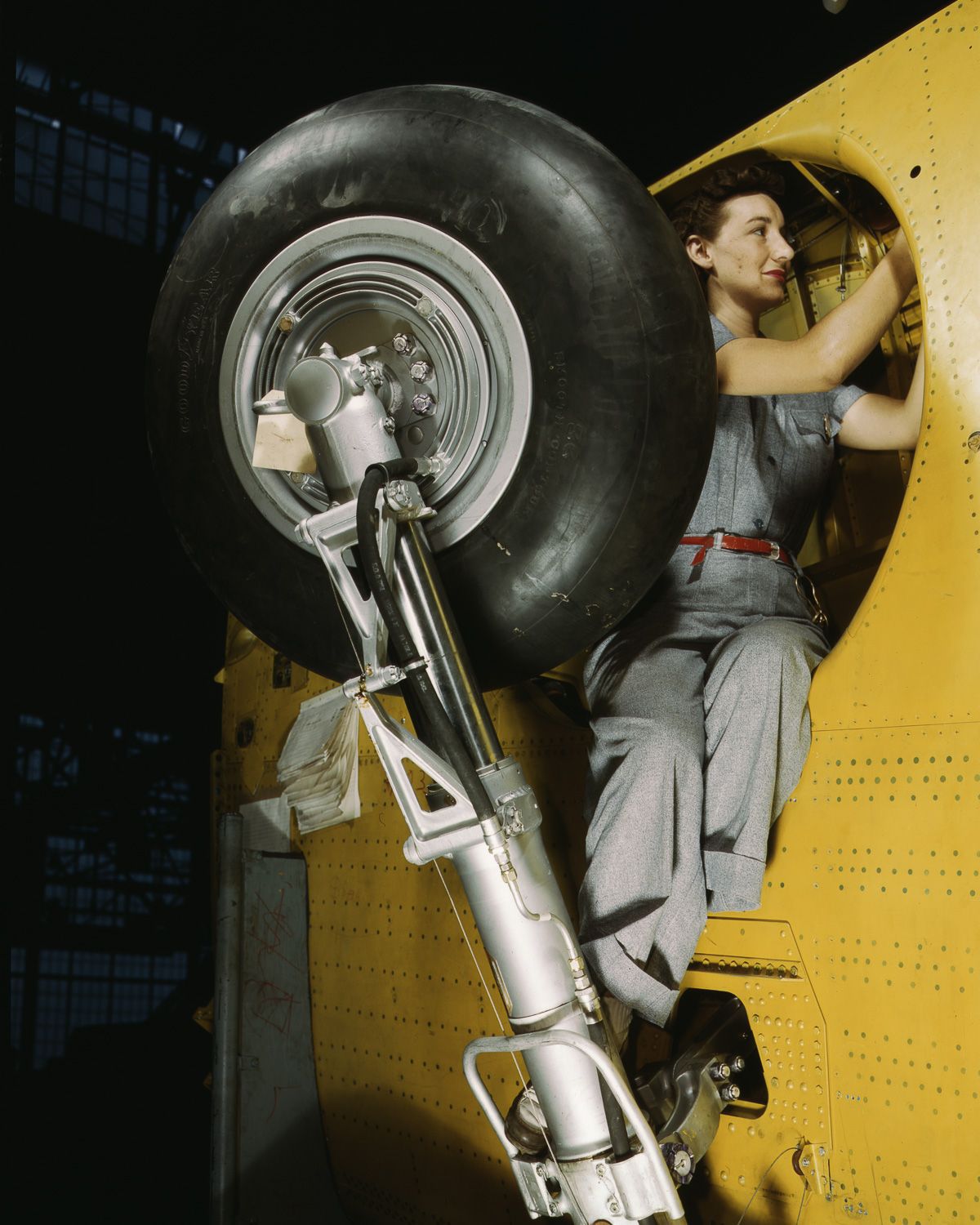
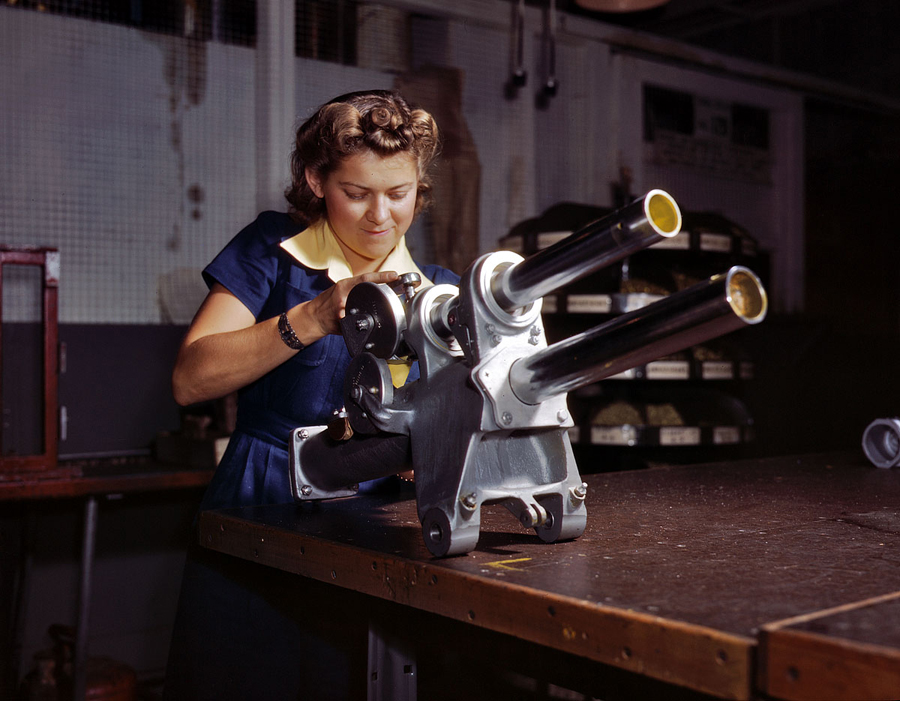
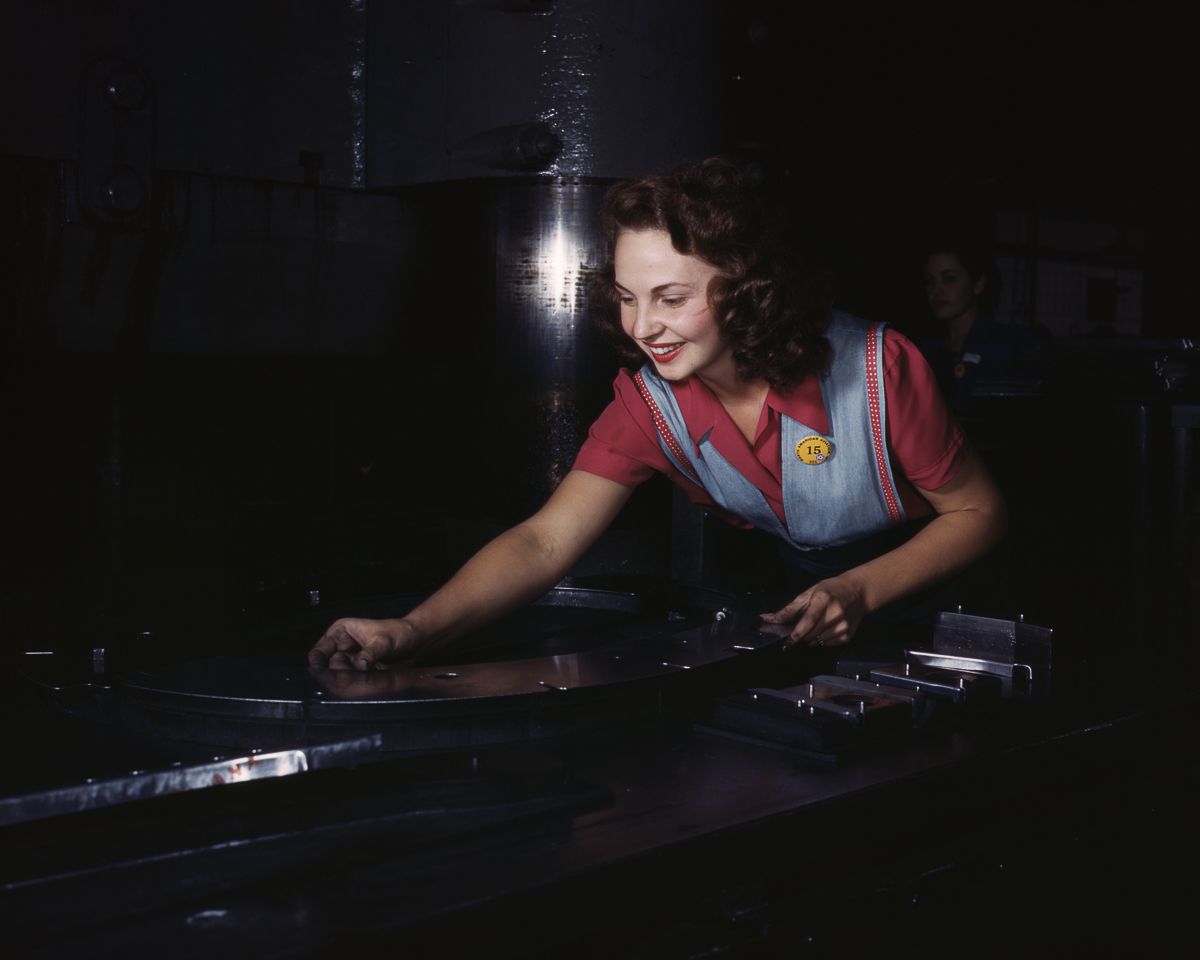
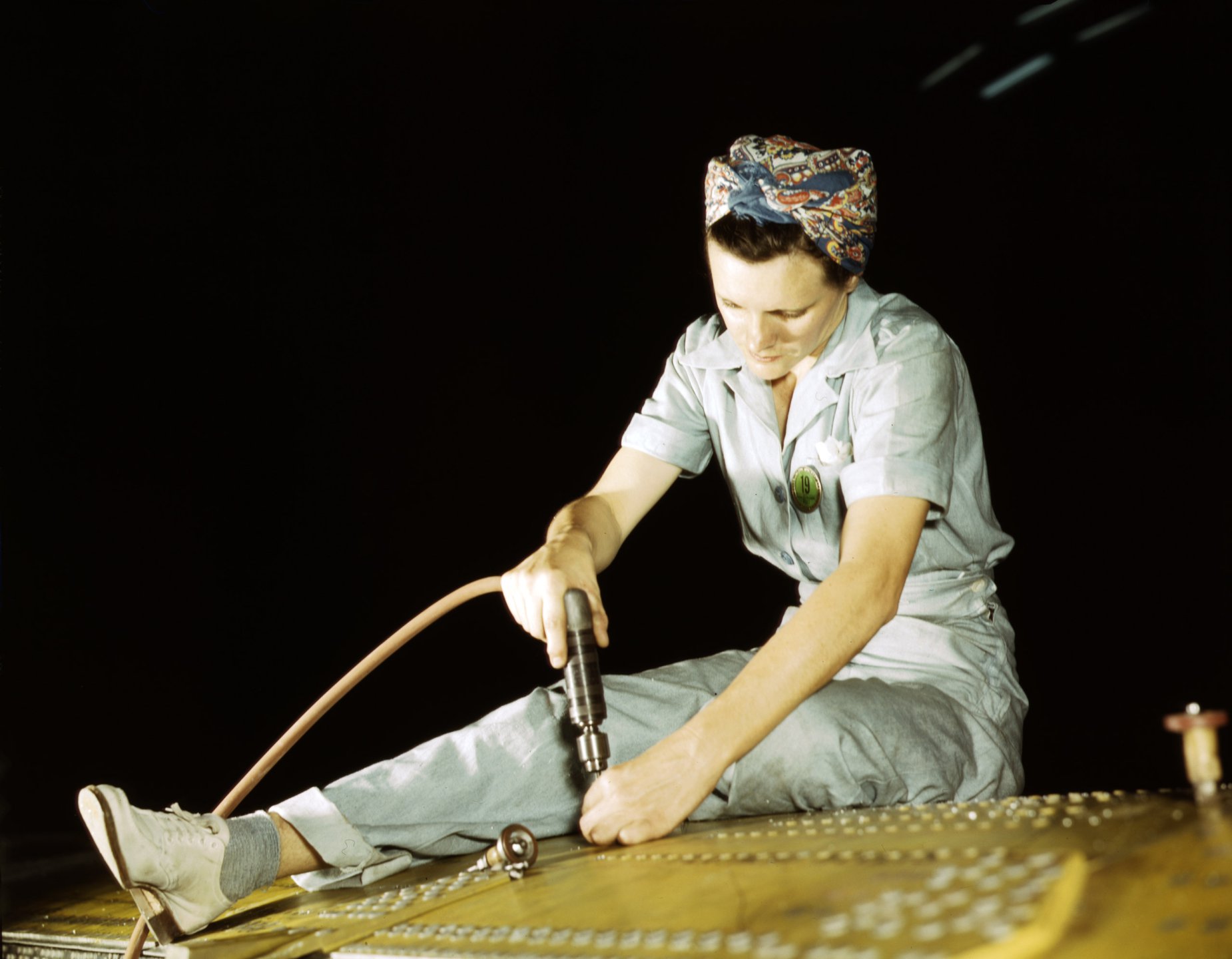
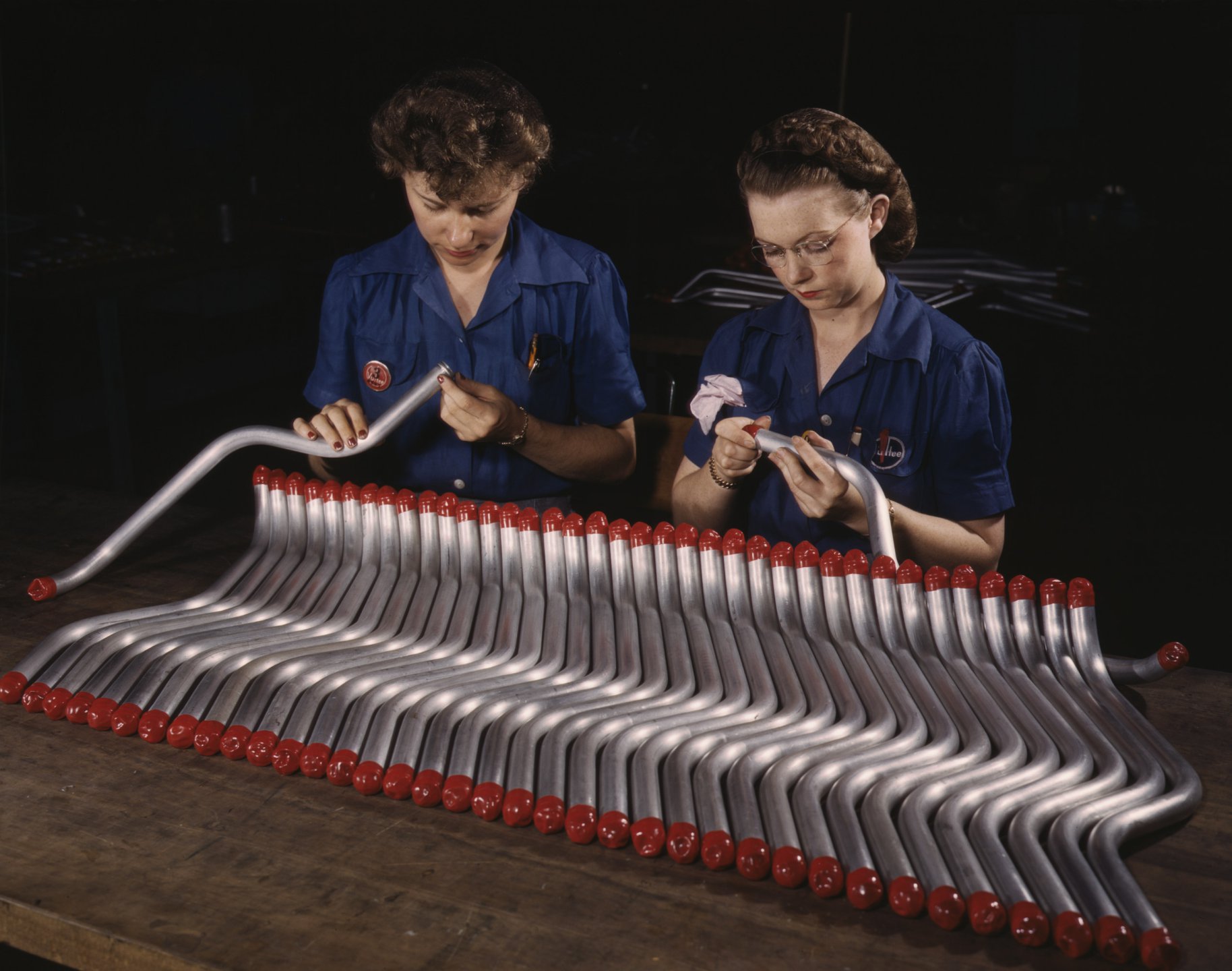
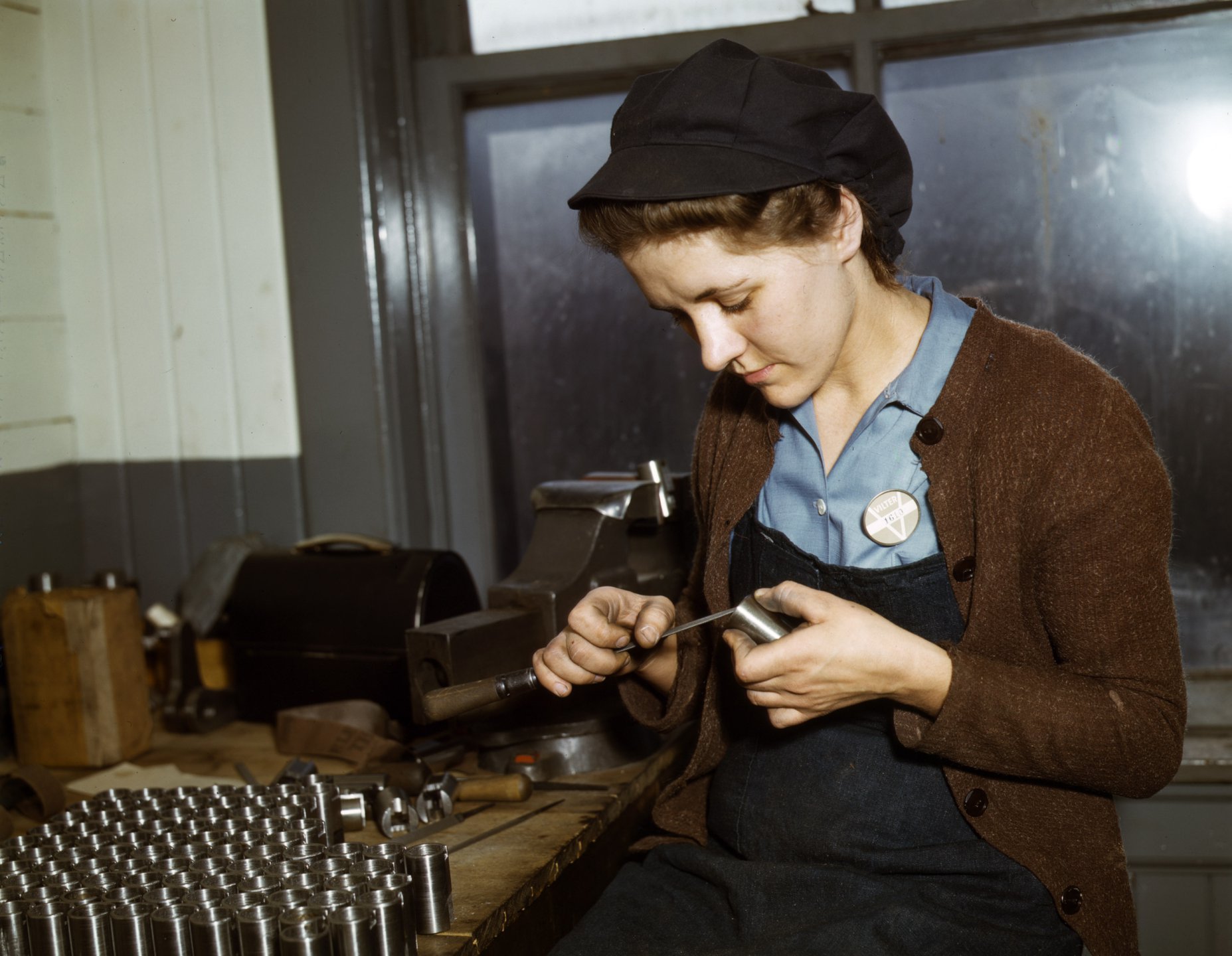
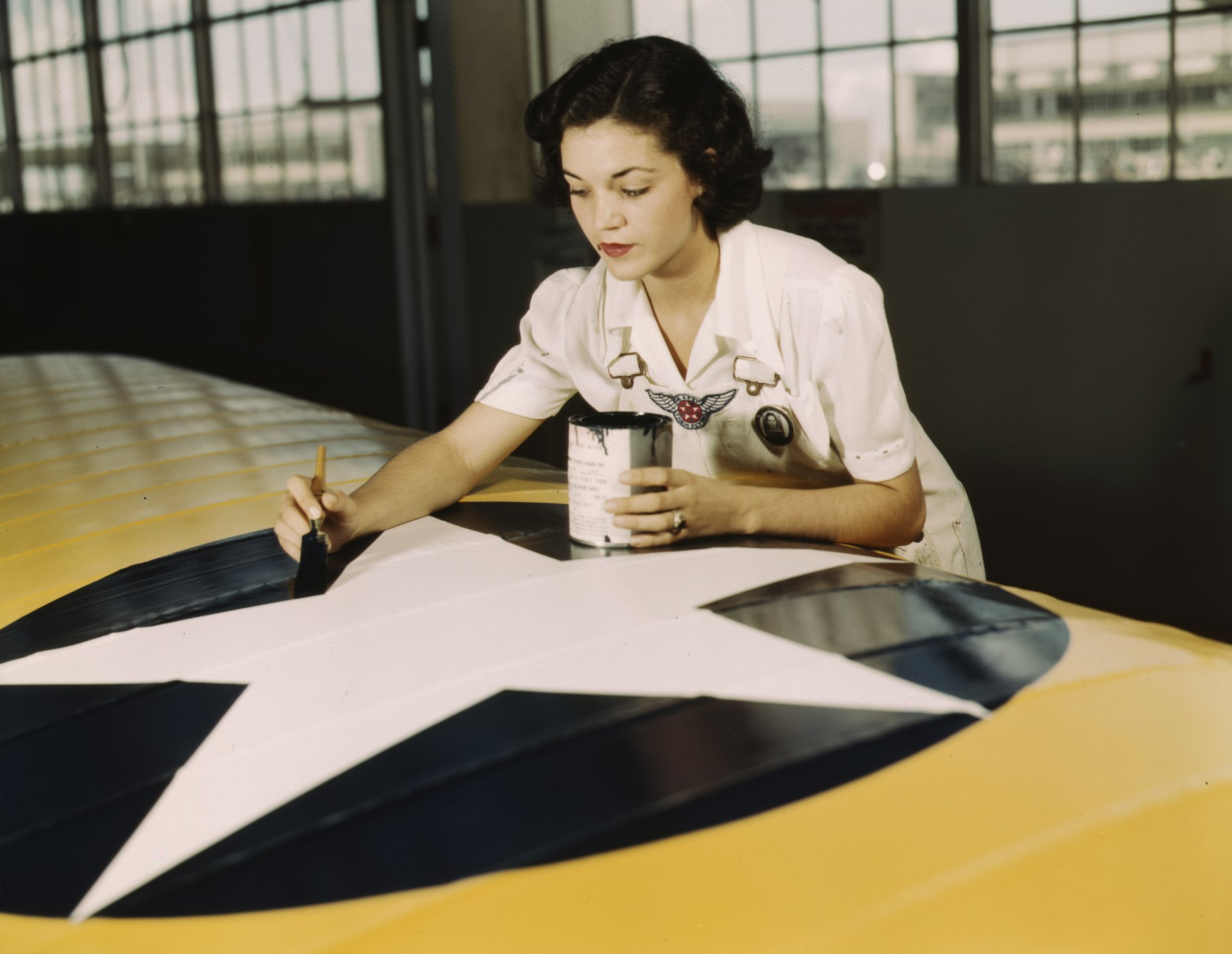
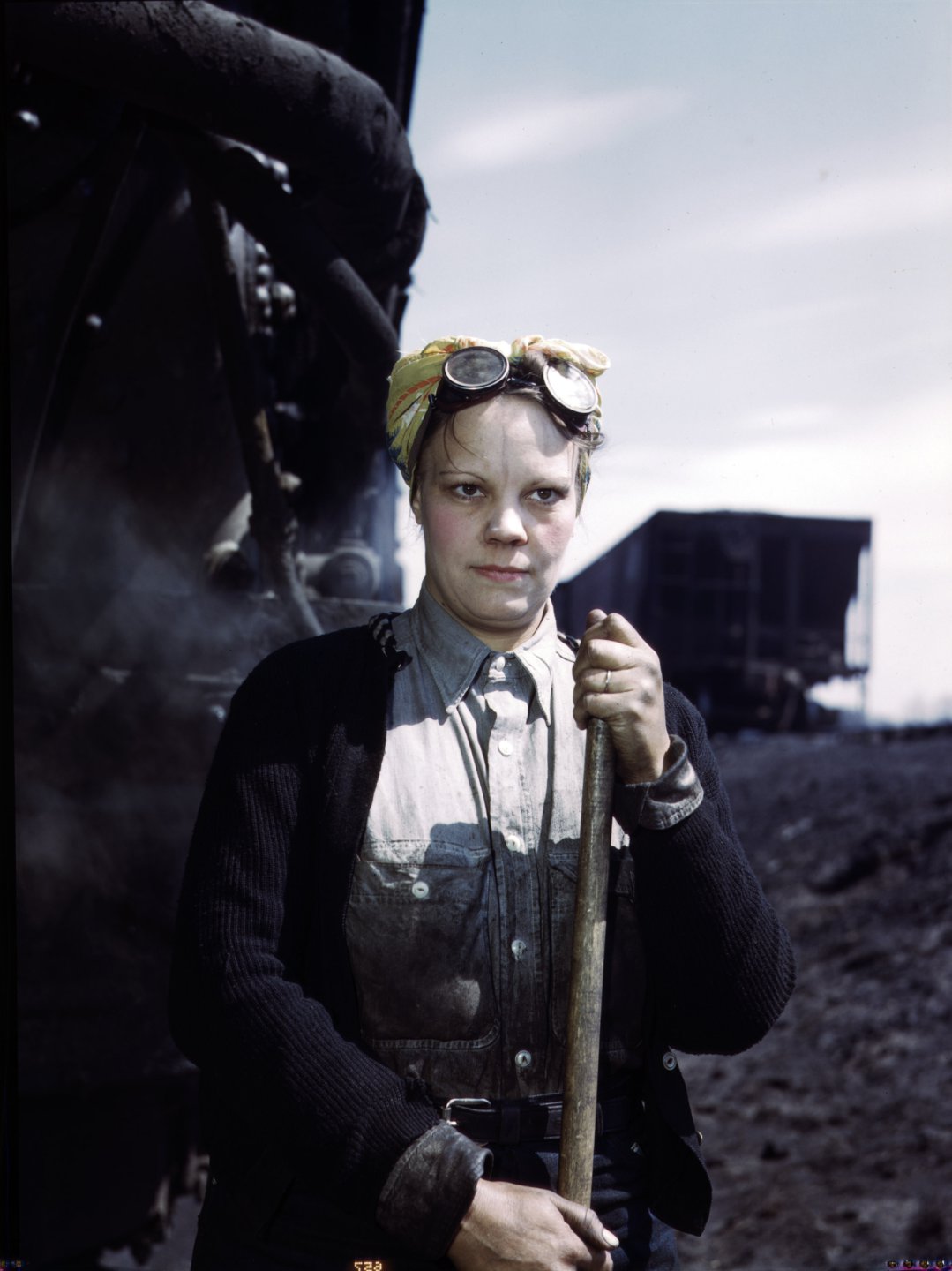
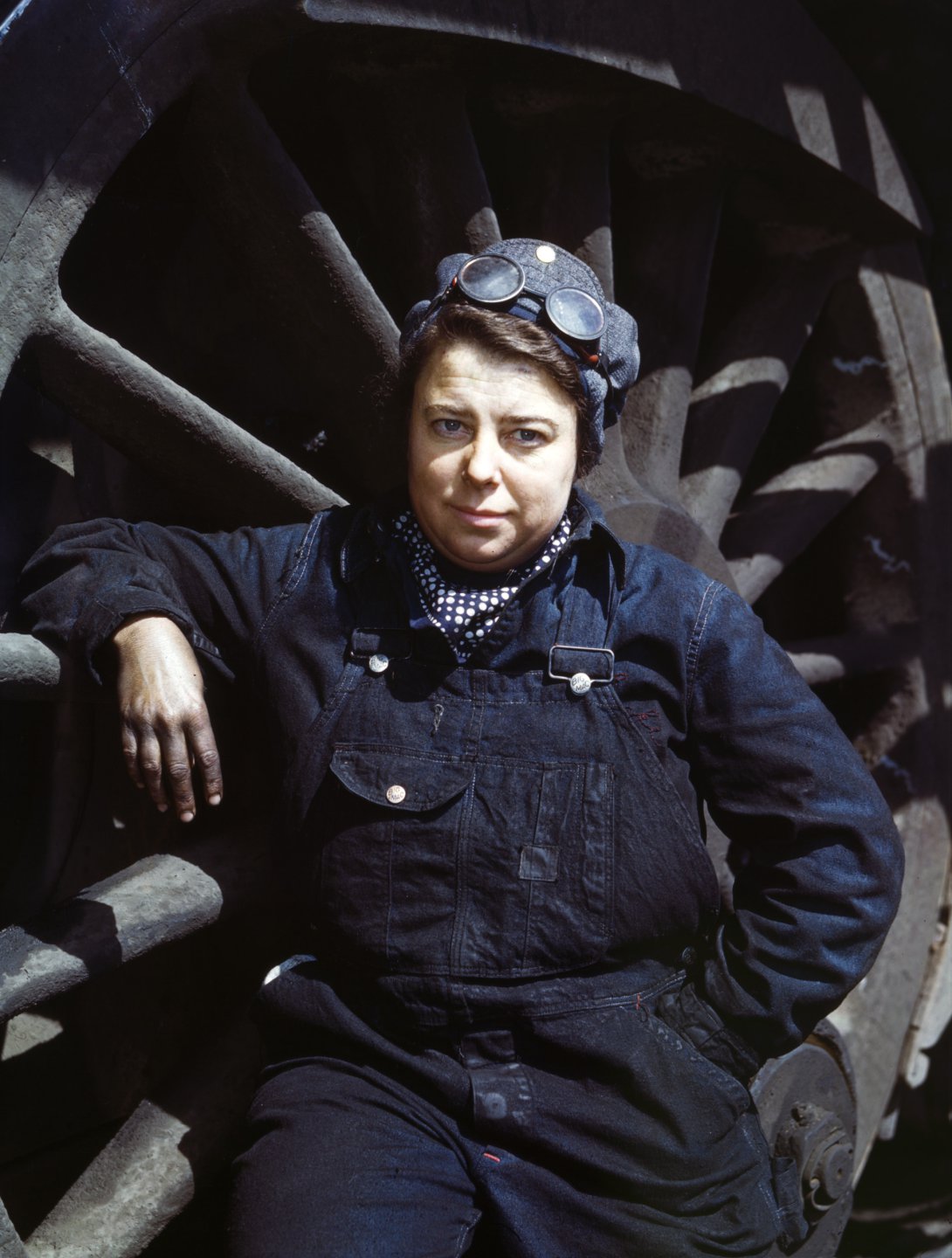

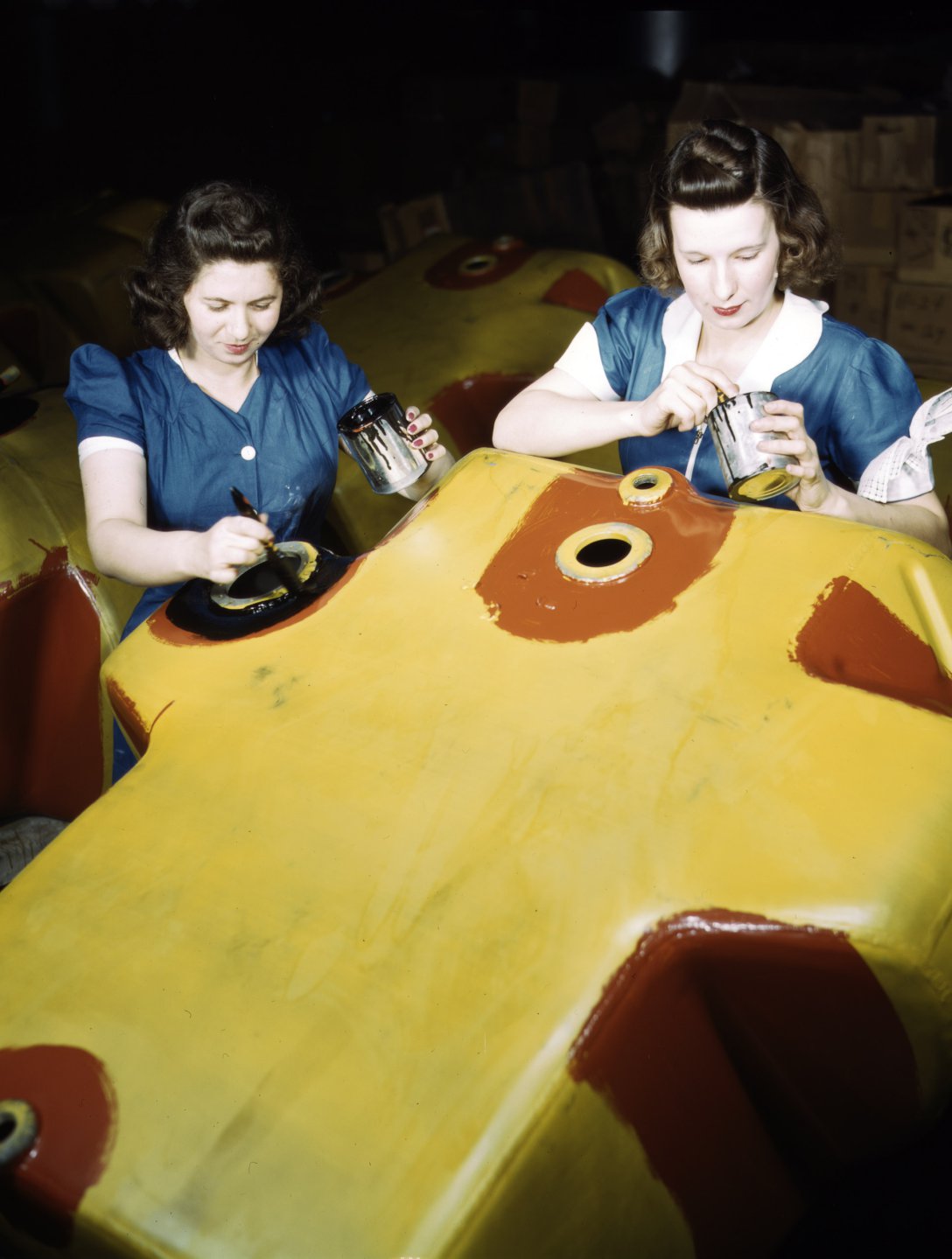
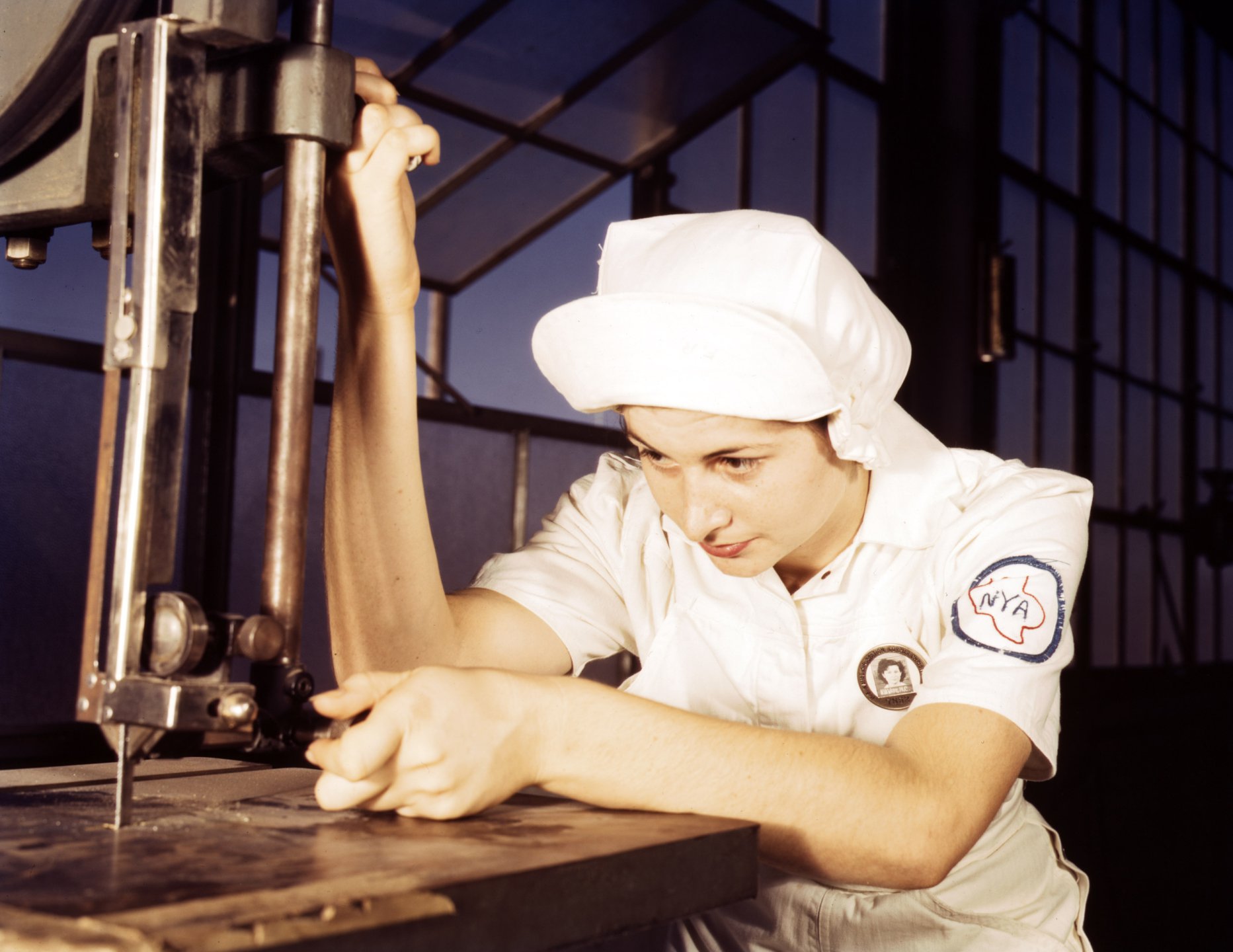
Bonus points, do you have any idea who is captured in these two photos taken by army photographer David Conover at the Radio Plane Factory in Van Nuys in California near the end of the Second World War?
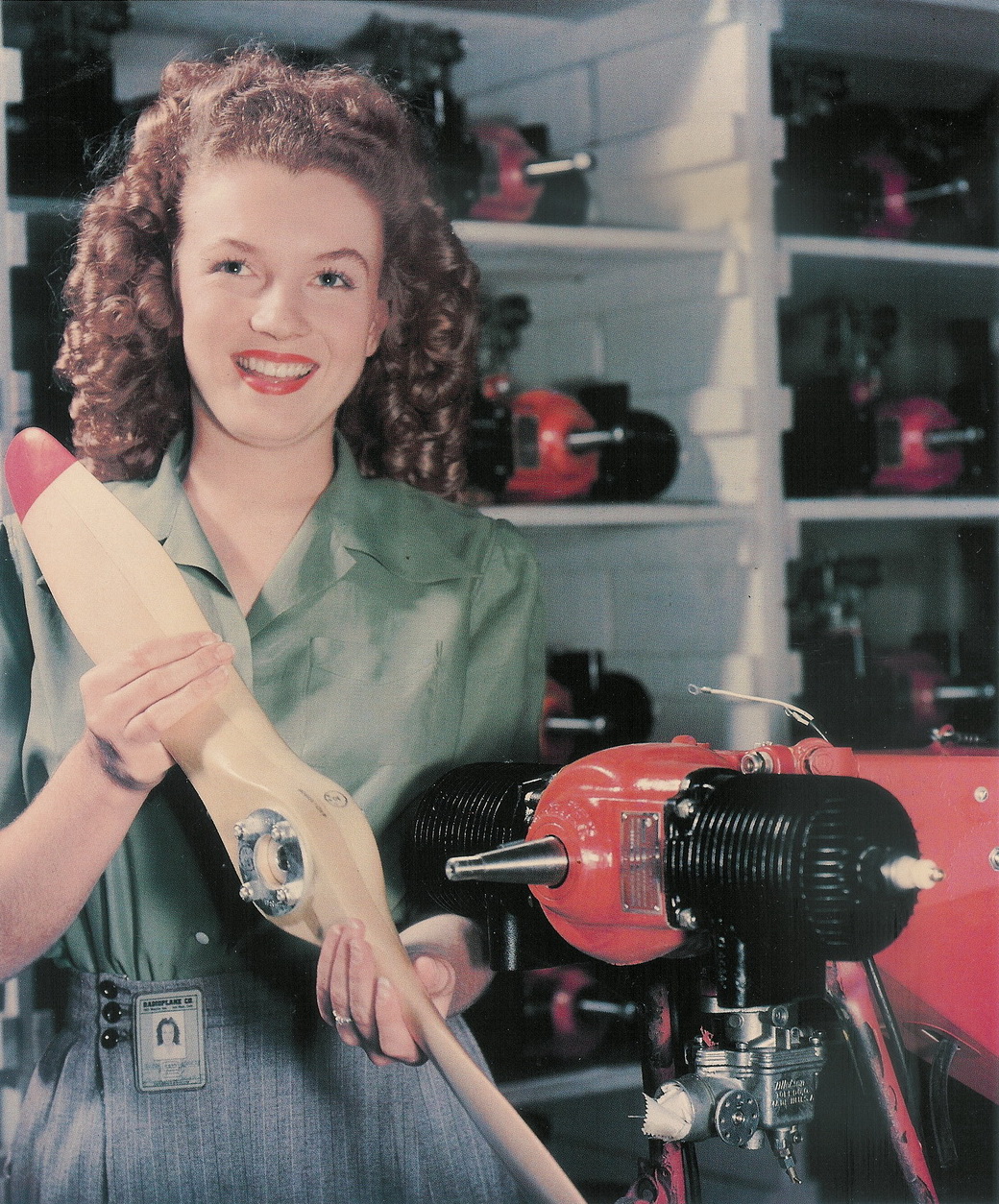
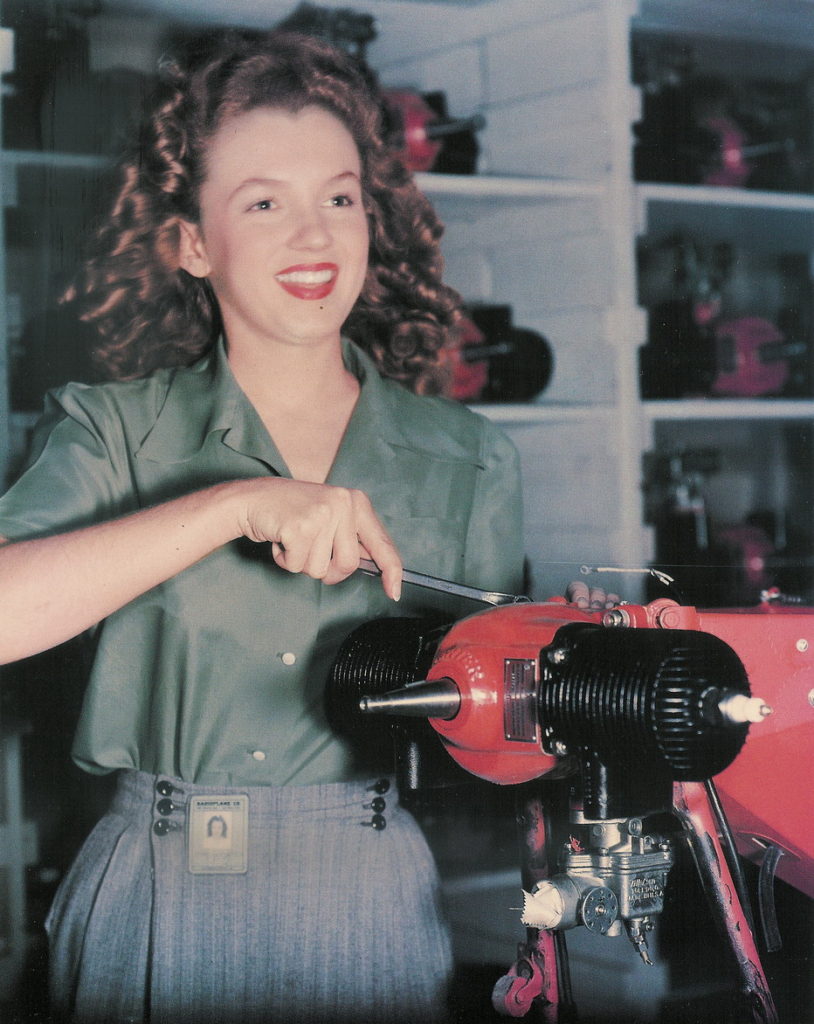
That would be Norma Jeane, better known by her stage name “Marilyn Monroe”.

Top 10 test